|
One year of endless planning, seeking support, building a team, dealing with lawyers, filing out paperwork, making hard decisions and focusing on a vision I had for over a decade.
Finally we launched Sevententh, as an action movement to capacity build local science, conservation and education about our Oceans and our Reef. In the hard of our organisation is a purpose build boat, that is fast (so we can reach remote locations), seaworthy (so we can go there anytime), its large enough to carry all the year and small enough to take it anywhere with our truck and trailer. The boat was built in Greece (Ribco) the truck was modified in the Sunshine cost (All Terrain Warriors) and the Trailer was custom built in Perth (Duralite).
0 Comments
I can barely express the honour to have my vision from the Great Barrier Reef displayed onto the sails of the opera house, as an initiative of Global Citizen. I hope it did spread the love. Every year, we (Parley Australia) are committed for large scale cleanups in one of the most hostile regions of Australia. It is not only hard to get to, but also hard to stay, and extremely hard to remove the tonnage of rubbish from these beaches. Cape York gets up to 3 tonnes of plastic for each km of coastline. This is one of the worst in the world, and it needs to be taken care for. Sadly, no one does anything on a large scale. The pictures speak more than words, we need more help. Below is an image of Cape Flattery, which has never been cleaned before. On our record day, we removed 3.7 tonnes in one day only. This is unacceptable.
Dream location, on a dream yacht with a dream team. Life can be kind. Luxury spirit is a one of a kind charter yacht, I love spending every minute on it. Reaching the most remote locations of the Great Barrier Reef in comfort, and then call it work.
I was involved in two seperate occasions for the Amazing race. First to shoot the promo a the beginning of the show, and second, to welcome the contestants to the Great Barrier Reef together with the host Beau. What an honour, but also what a different experience to what I usually do. What a beautiful turnout for the Turtle release in Mission Beach. It shows how much people care, and how much people want to connect to the Ocean. After the release we hosted a big event with education and a little beach cleanup.
If you know me, then you would know that Tiger sharks are in my Top 5 most favourite animals list. Every time my friend Dr. Adam Barnett or Richard Fitzpatrick calls me, and I just hear a glimpse of Tiger, my answer is YES. Adam wants to tag as many Tiger sharks as possible, plus take blood & skin samples, deploy receivers and retrieve data loggers. This is not only important for their conservation status and marine park management, but it is one of the most exciting parts of science. Such a perfect animal !
Making the most of the lockdowns, our Parley team continued on our commitment to cleanup the southern remote Whitsunday Islands, together with the Crew from Ocean Rafting. This was also part of our 100 Islands commitment, a global initiative to protect 100 islands around the world. Rated at the best beach in the world, there are not excuses to come down here.
An endless stream of plastics from all over the Pacific Ocean, dragged by the southern equatorial current ends up on the beaches of Cape York, that's 24 hours a day. What doesn't come from mainland Australia, or other nations around us, is getting dumped illegally off cargo ships, which enter the Great Barrier Reef marine park in the far north, with the instructions to offload all of their rubbish, avoiding expensive disposal at arrival in port. This is where the system falls apart. As often as we can, we are going north with a team of the best volunteers around, loaded into heavy duty 4WD, tents, solar chargers and lots and lots of bags. We usually pick up around 1-2 tonnes per km of coastline. Its heart breaking, but also necessary. We can't turn out back to it, and we need to involve industries to innovate the future of materials. Parley for the Oceans
sThere is not a whole lot I can say, that you would be able to imagine yourself. Obviously, things aren't going so great. There is issues out there in the wild and the Ocean, that need attention, and no one gets there.
I was going to fly out to Svalbard to join my long friend Mike Horn to explore the Arctic region around Greenland. I did get the rare permission to leave Australia, but I did not get permission to get into Norway to travel onwards from there. That's an opportunity of a life time missed, but there are people facing serious hardship, so I guess I cannot complain. The good news, the crew was able to collect very important data for our Ocean Alliance whale conservation program. Data in such remote locations are very valuable and, obviously, hard to get. Here some images from Mike's Crew, Etienne Claret. Absolutely stunning! I was gonna keep it a secret ... but i obviously didn't. To make the most out this Covid19 situation, I am finally working on my children's book again, which i started (embarrassingly) 10 years ago after coming back from the Amazon.
The story is about a very special patient in our Turtle hospital back then, called Ella. She has been so special, that the media loved her, because she loved my camera, and i managed to take some of my most beloved photo concepts of her. So here we go, I pretty much finished the book, just some final touches and i will release it into the world. Its purpose is to inspire, educate, and to raise funds to support and establish conservation projects that are close to my heart. There is even a website too www.ellasadventures.com.au and you can support by buying the book. It's that simple ! I am sure you can imagine, for a conservation film maker working all around the globe, there is probably not much happening in this current climate. But i am sure we are all in the same 'boat'. Talking about boat, i did manage to get myself out onto the Reef at some stage, to look at the state of our coral reefs, and to follow one of the amazing coral restoration projects.
I was deeply impressed by what the crew of Wavelenghts in port douglas has been up to. Not only this, but i was also rewarding by the Ocean gods (if they do exist), with a tiger shark, hang on, a really really big tiger shark coming into the coral nursery to check out what are these bubble makers doing, where no one has been in months. Definitely a chance of behaviour in Marine life, and there is some amazing stories of how wildlife is thriving when humans are not present. Back in Baja California, our long awaiting mission to collect whale snot by using drones. In almost 5 years perfecting the Snotbot, the way we collect, and fine tuning gathering important data, we working hard to look further into the future of whales. The conditions were challenging, (working on the ocean always is), we had strong winds and a change of current, resulting in a change of the feeding behaviour. But when we had whales, we are guaranteed to collect the snot, because that's what we do best. In the end we had nearly 60 samples, plus photogrammetry and even several poop samples. All this means a complete data set of several whales, making it extremely valuable. We did observe less calves than usual (couldn't see any) and quite a number of skinny whales. In the same migration pattern are the grey whales, and almost 2000 individuals have been lost since last year. This is alarming and should tell us that something is wrong. There is no better way to find out than a non invasive tool like ours.
I love the Whitsunday Islands. I started my career as professional diver there, with millions of amazing memories. This regions has suffered more than any other are, with cyclones, shark incidents, the bush fires and now the virus. We formed very strong relations with local business, especially Ocean Rafting and the Hamilton Island Group.
Together with Corona (the beer!) we took a special bunch of selected influencers to the island, then hosted our Ocean School concept, cleaned up some of the remote southern beaches, enjoyed the paradise like beaches such as whiteheaven beach and inspired each other to protect our Oceans, especially the Great Barrier Reef. Going back to the Maldives almost feels like going home by now. This time it took me to the far northern region, into an Atoll i have not only never visited, but we were also the 3rd ever airplane landing on this Airport. The community received is with flowers and one of the most welcoming ceremonies. They are asking for help, because they drown in plastic.
Parley and ARD working on a documentary to look at sustainable solutions for Island nations like the Maldives. In the Images below you can see the 3 of the 4 local female Hero's (top left) that are leading this movement. We did education sessions and cleanups (top right). On one island (bottom left) we could witness the impacts of styrofoam boxes which are used to ship fresh produce around the country and from overseas like Australia or Sri Lanka. These are hard to recycle, and end up on islands or washed up on beaches. You never stop learning! After a very successful 2019 cleanup campaign all around Australia, we started the new year with a very exciting campaign, together with Corona (the beer!). Our pledge is to cleanup up 1 million square meters of Australian beaches, equal to 1 million cases of corona beer brought into Australia specifically for this mission. We kicked off in Adelaide, then Cronulla (images below) with some super motivated local crowds and even more motivated Parley Australia Crew.
Our goal is that all of Australians are taking action in protecting our Oceans, starting with every day products we use, or better decide not to use! It still is a mystery how this event occurs, but every year, perfectly times, the entire Great Barrier Reef is releasing its sperm and eggs, a number of days after Full Moon in November, usually a couple of hours after sunset, when the moon is just in the right spot, that's when it happens. I was out with some of the worlds leading scientists and an enormous effort of collaboration between organisations, universities, individuals, business, tour operators and media.
The message is loud and clear, the Reef is far from dead, and we are not standing by and watching disaster to strike either. A few times in my carrier i have seen such an effort, and it feels like we are on the right track. The climate emergency is getting noticed in almost any part of the world, and it needs creative solutions, as well as climate actions! All up the event was a great one, i have learned a lot, and lets hope nature will find a way to survive, until we people realise that we need each other! Joining forces is the starting point to making a positive impact and repair the damage we have cause the Oceans. The crew from Ocean Rafting in Airlie Beach are such a refreshing positive bunch of people, it was like match made in heaven. Over two days we set out to explore the southern region of the pristine Whitsunday Islands, some of the most beautiful beaches in the world. You would probably not believe me if i told you that we have removed over 600 kg of debris and plastic in only a few hours. and the only reason it wasn't more, was simply space on the boat. There is no place on the planet without the impact of our convenient, wasteful and throw away life style. We are going to be back down here soon the ensure these islands remain pristine!
I have not been back to the Maldives for over a year. It feels like a home now, and you can imagine, i couldn't wait to get back home. I was very keen to find out if the underwater world had time to recover from the severe bleaching 3 years ago.
This time we could the adidas runners to the far Southern atolls. It was a very enthusiastic group with lots of passion and ideas. We dived, snorkelled, surfed, ran, cleaned beaches, explored, discussed, inspired, engaged in science, paddled and looked into the future. It was hard for me to see the sate of the coral reefs, very little recovery, and increased damage. Even more in start realising, but once we pushed past a certain point, we might not get it back. A reminder that now is the time to make all the necessary changed, everywhere !!! What if you could combine work and pure luxury, the most amazing location, and everything you love to do. I don't really want to brag, but then ....
well anyway, someone has to do it, right ? On board Luxury Spirit charters we went up to the far Northern Great Barrier Reef to film, and enjoy life! This is one of the most spectacular places to hand out, and every time i go it still gets me. I can't wait to show you the final film ...
Not often i get the chance to do an exploration expedition in the Great Barrier, to a place where no one usually goes. I flew down to Hamilton Island, then further to Daydream Island, to meet with Andy Ridley from Citizen GBR, scientists and other crew, to discuss and film a simplified "Coral Reef Census" method. This should help to increase the data we will get on the sate and health of the reef, especially in locations that are not frequently, or not at all visited.
During this expedition we did not only find Reefs with 100% coral coverage, but also some spectacular Blue Holes, not really know to exist here in Australia ! I love this place
Once again i was lucky to get the phone call from LaMer to do another project to raise awareness for the Oceans, called the Blue Heart foundation.
The decision was made to host this on a private island in the South of Fiji, called Kokomo. We had guests invited such as Philipe Cousteau, Elsa Pataky, Ella Gross and many others. I love working with completely different markets and meeting the most interesting people from all different backgrounds. This is how we create the change and keep the Oceans alive! There is no better way to explore the pristine beaches around Tasmania than in a Camper Home. We have previously planned some cleanups down South, but we decided it is best to investigate ourselves, while having a family getaway to on of Australia's most beautiful corners.
Having a family, it is also quite important for us to look into travelling with children, the challenges of avoiding single use plastic, being safe and comfortable. All of these are important aspects to consider while we have to implement some drastic changes into our lifestyles. |
Archives
February 2021
Categories |

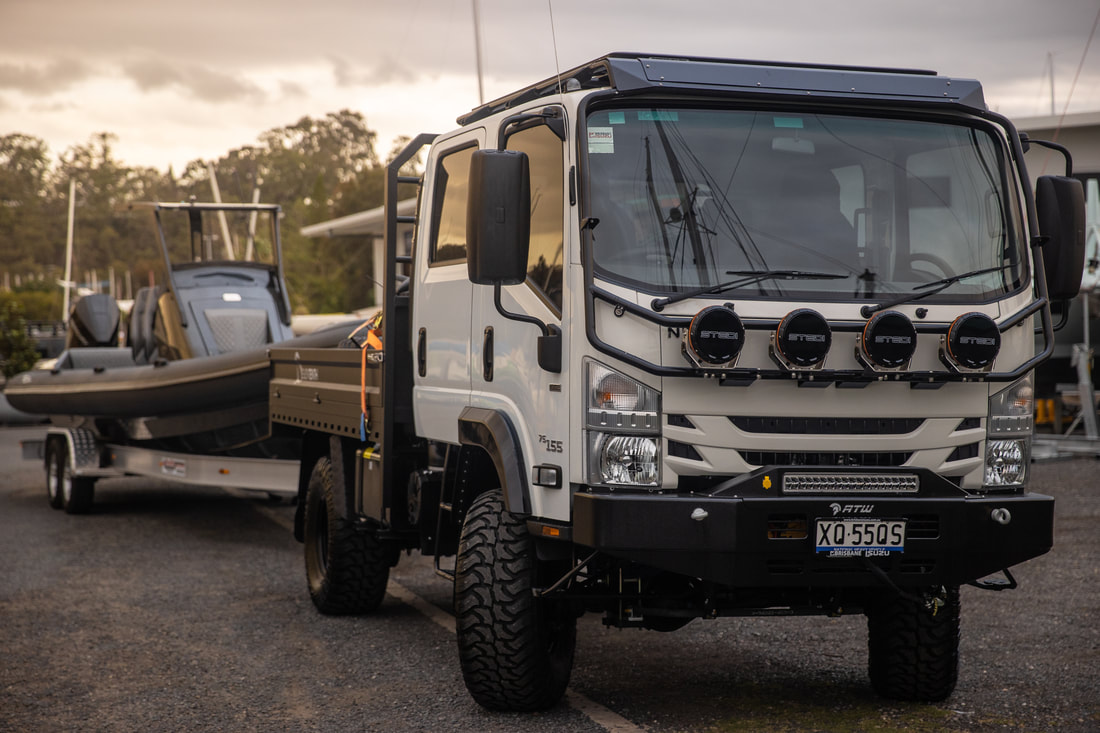
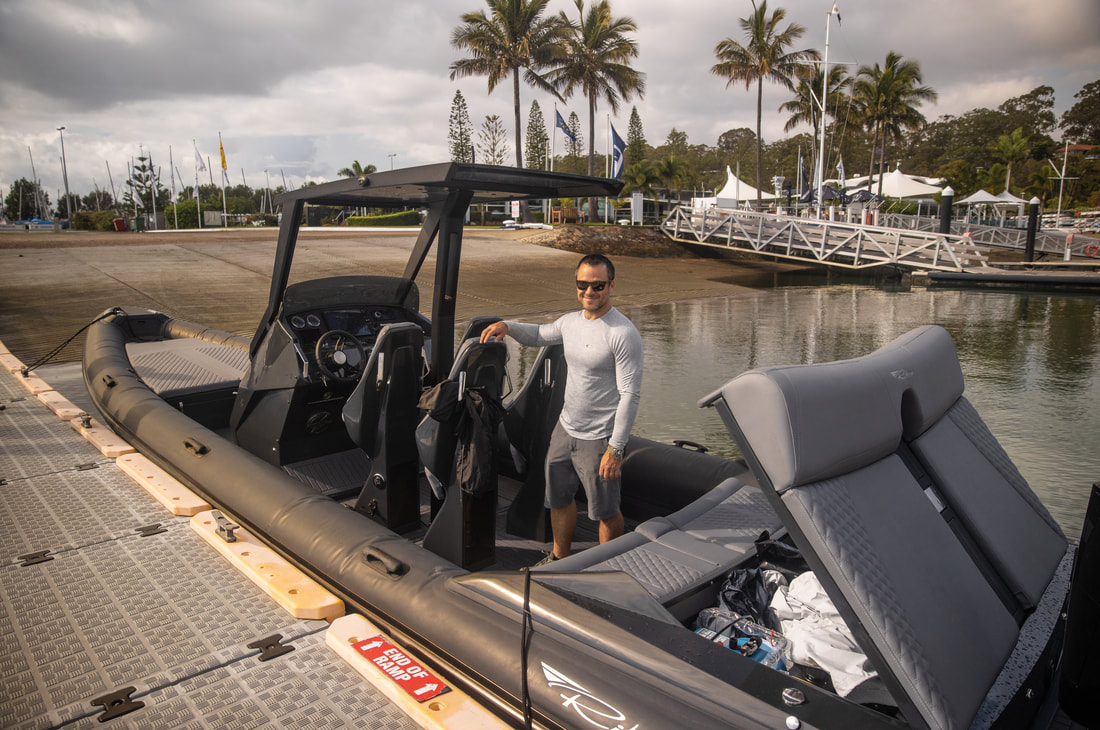
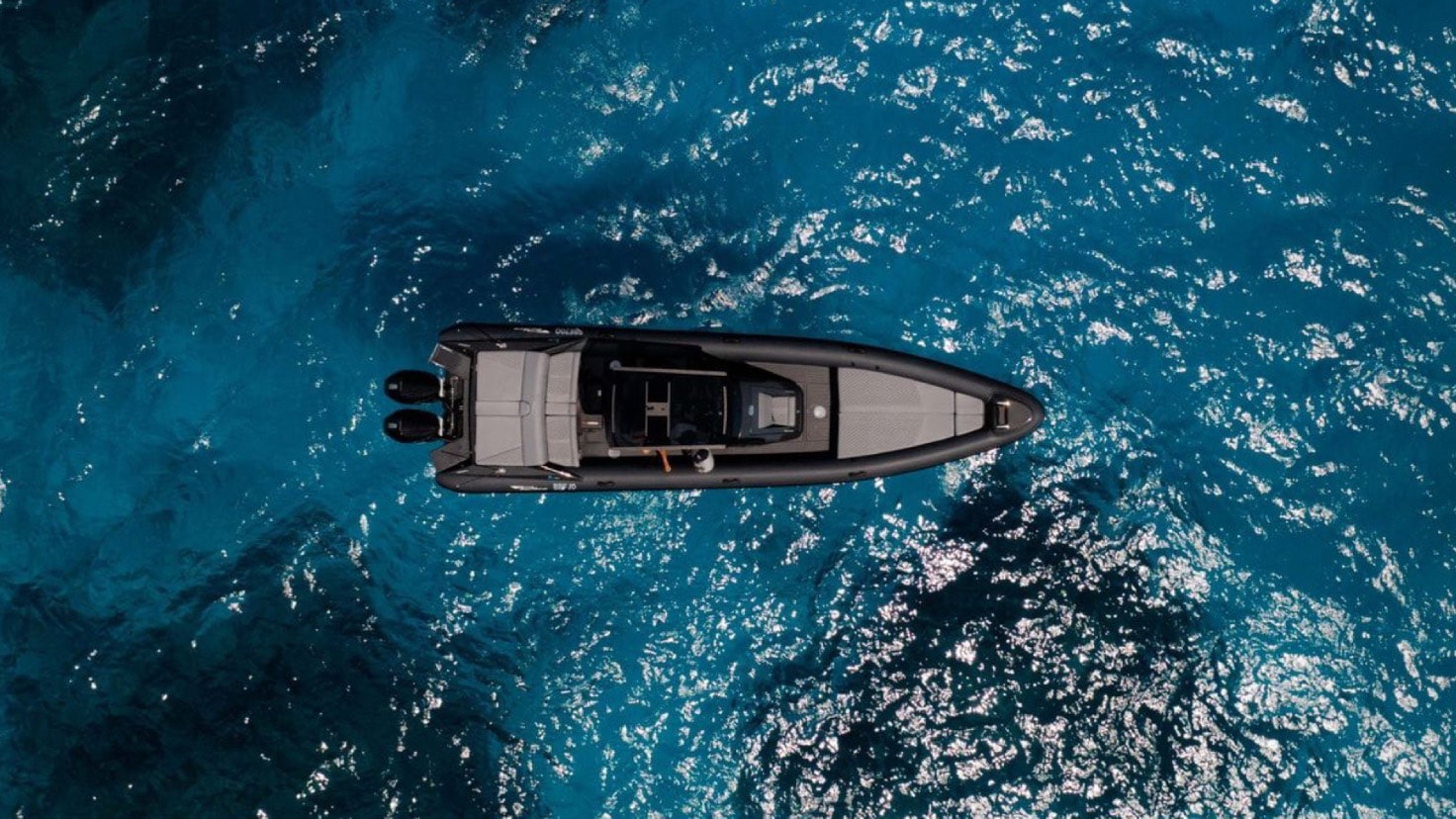
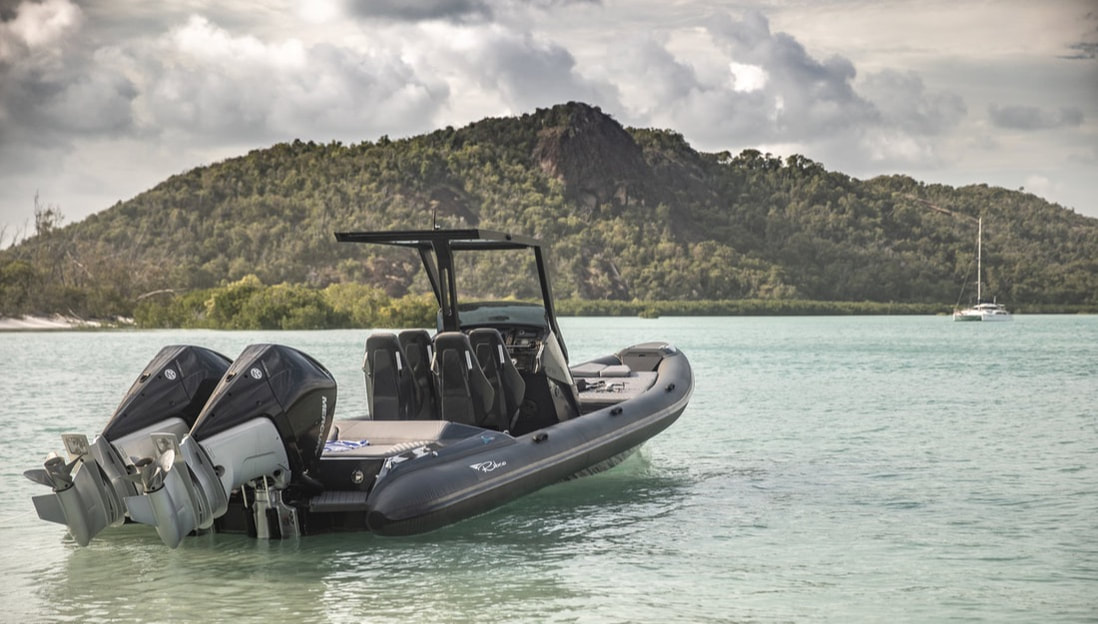
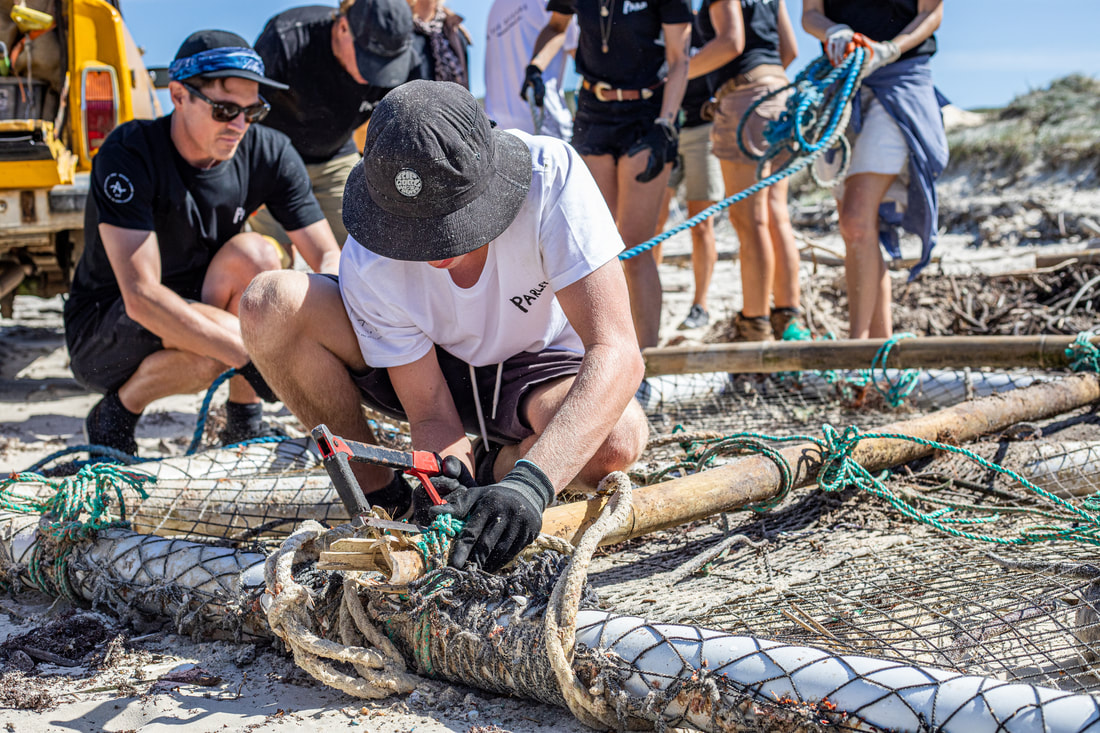
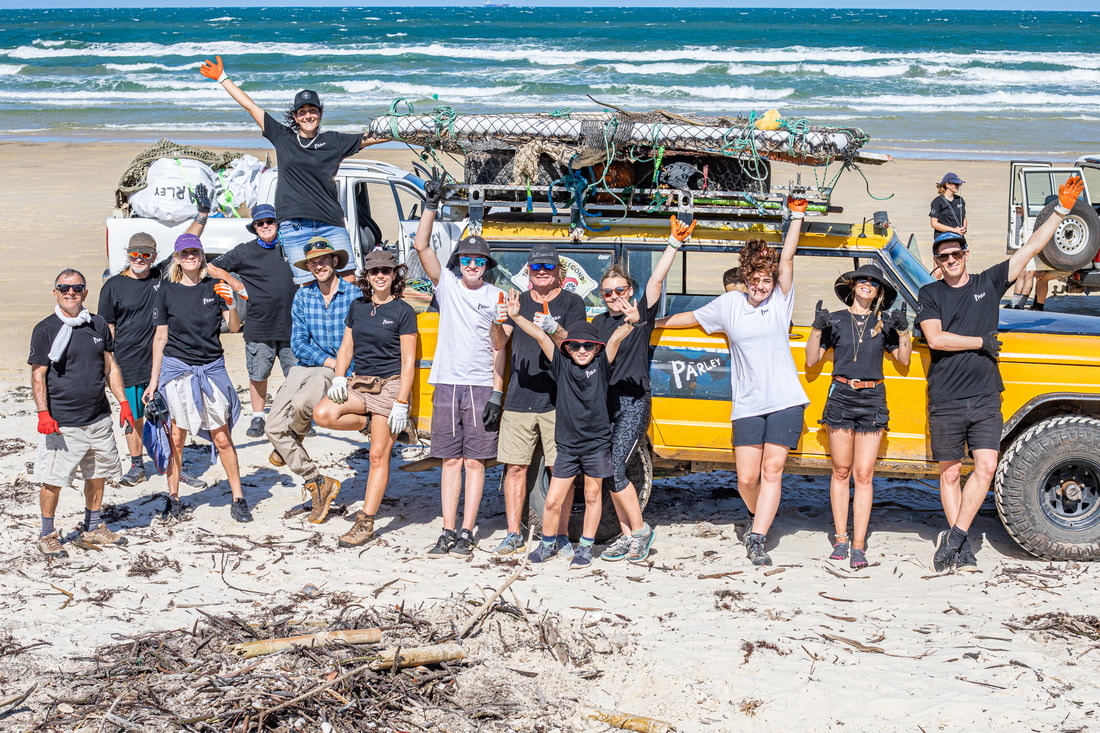
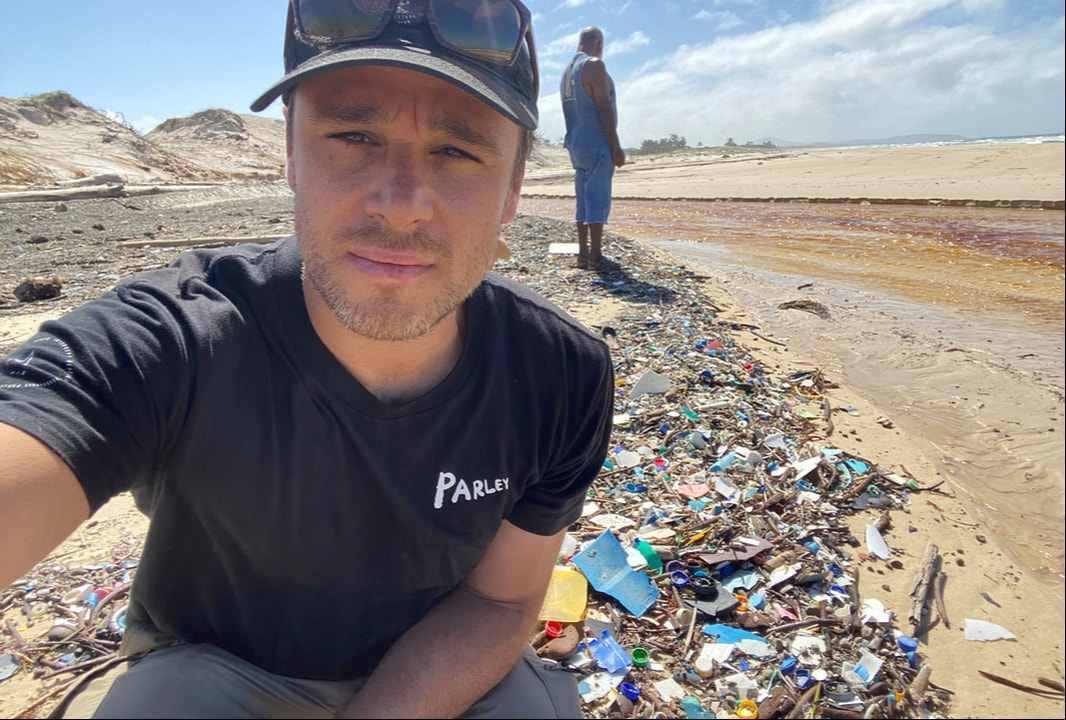
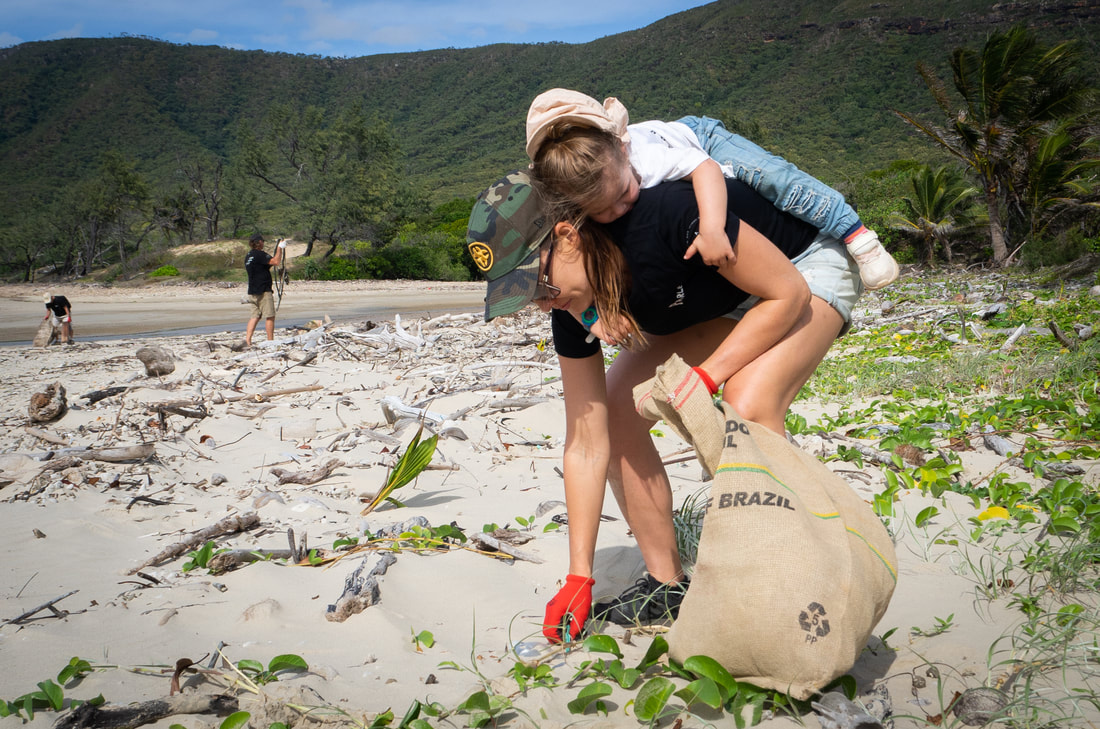
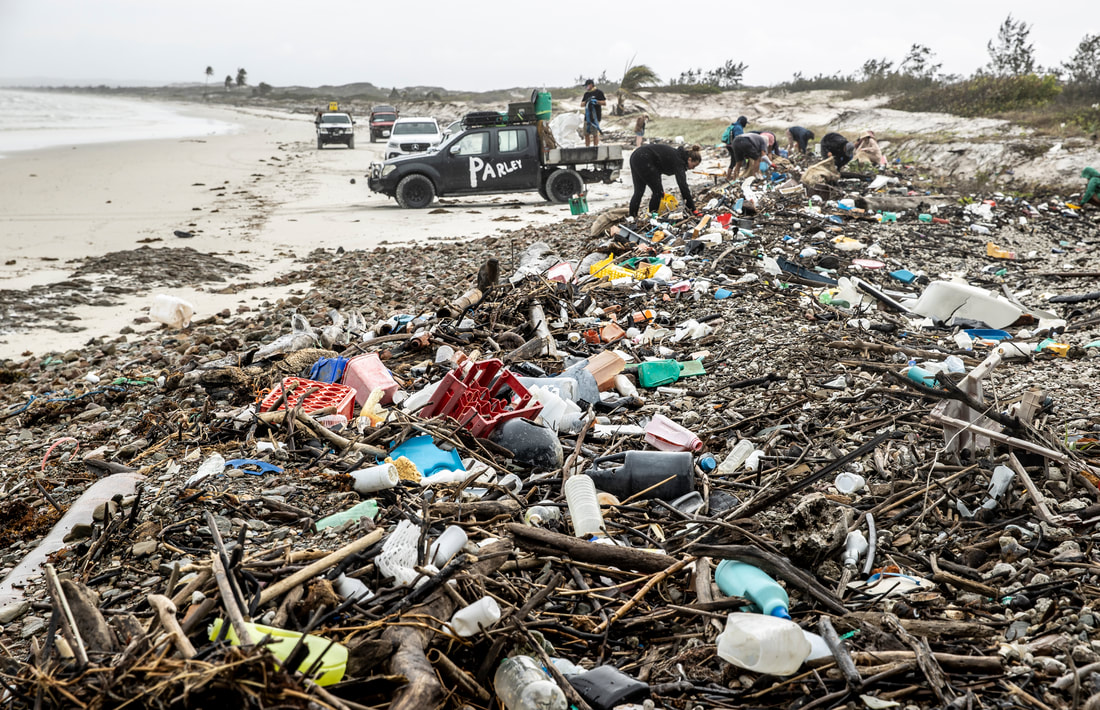
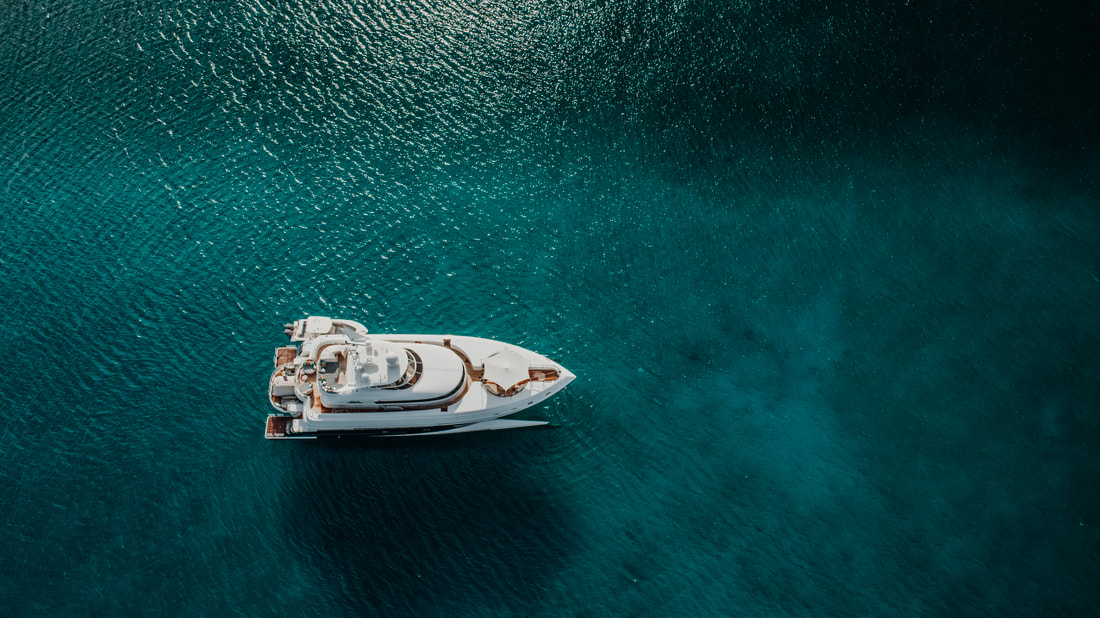
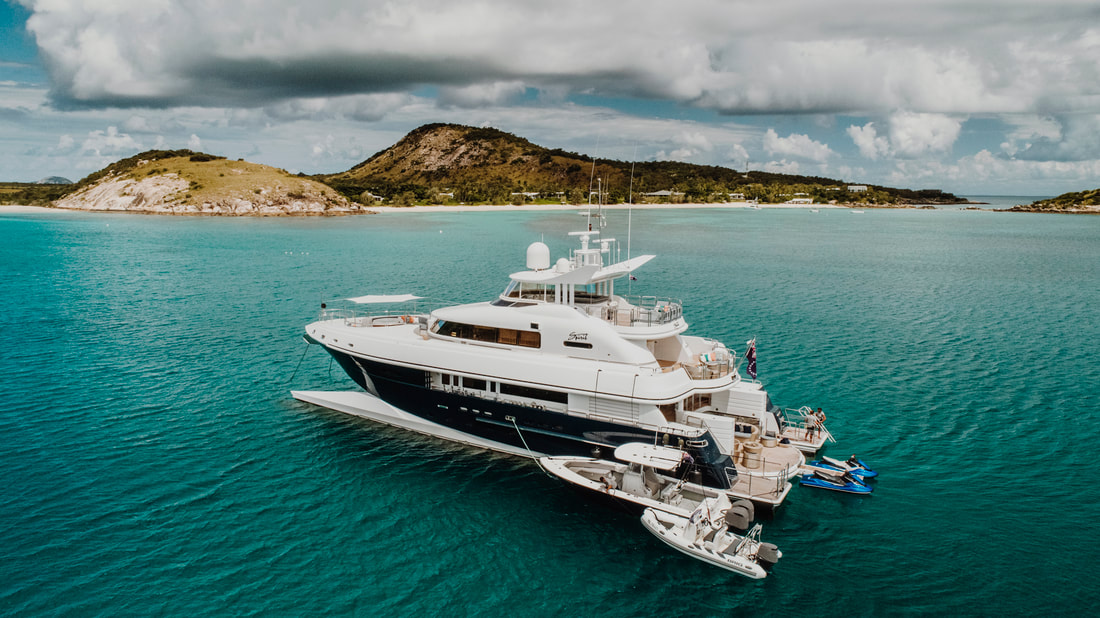
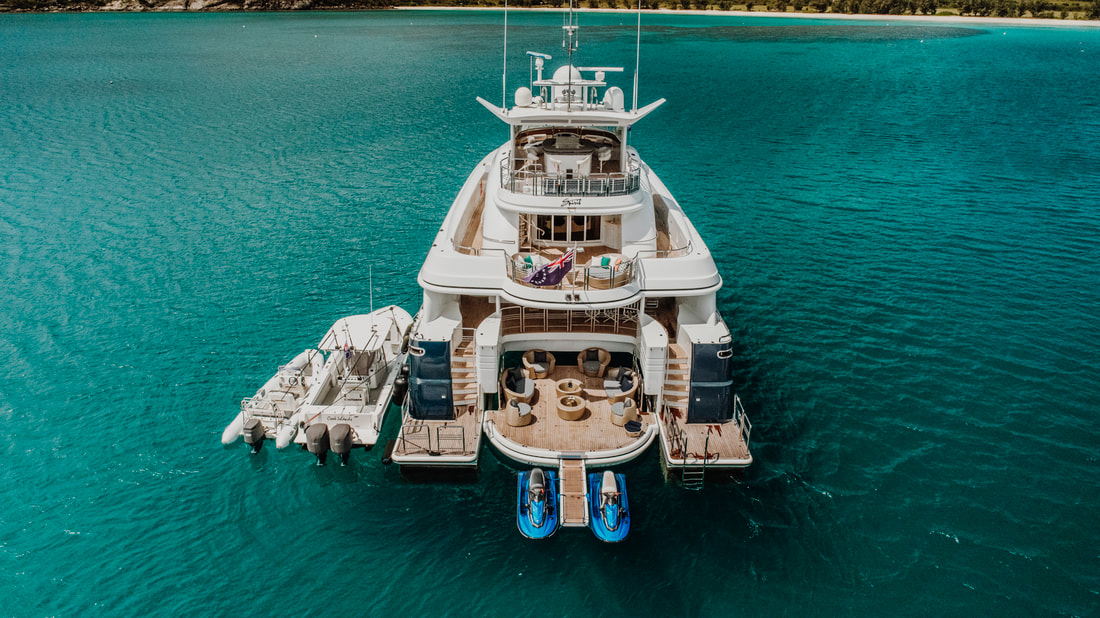
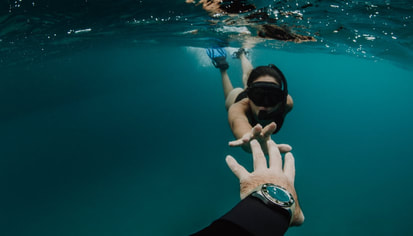
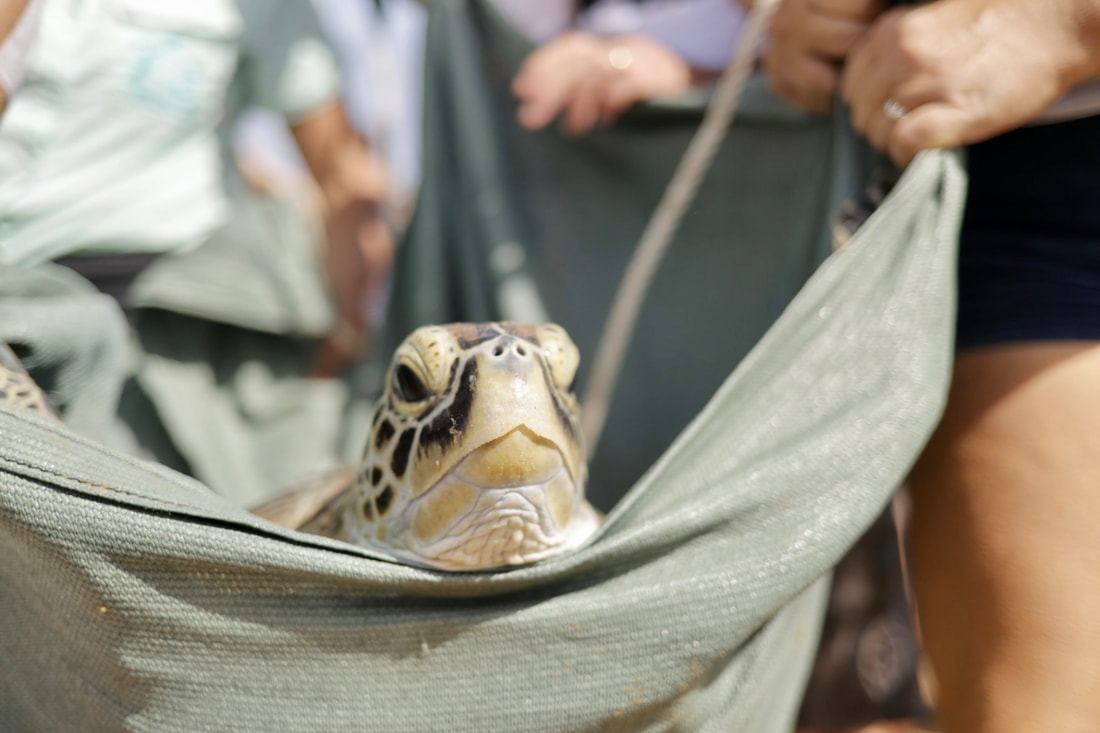
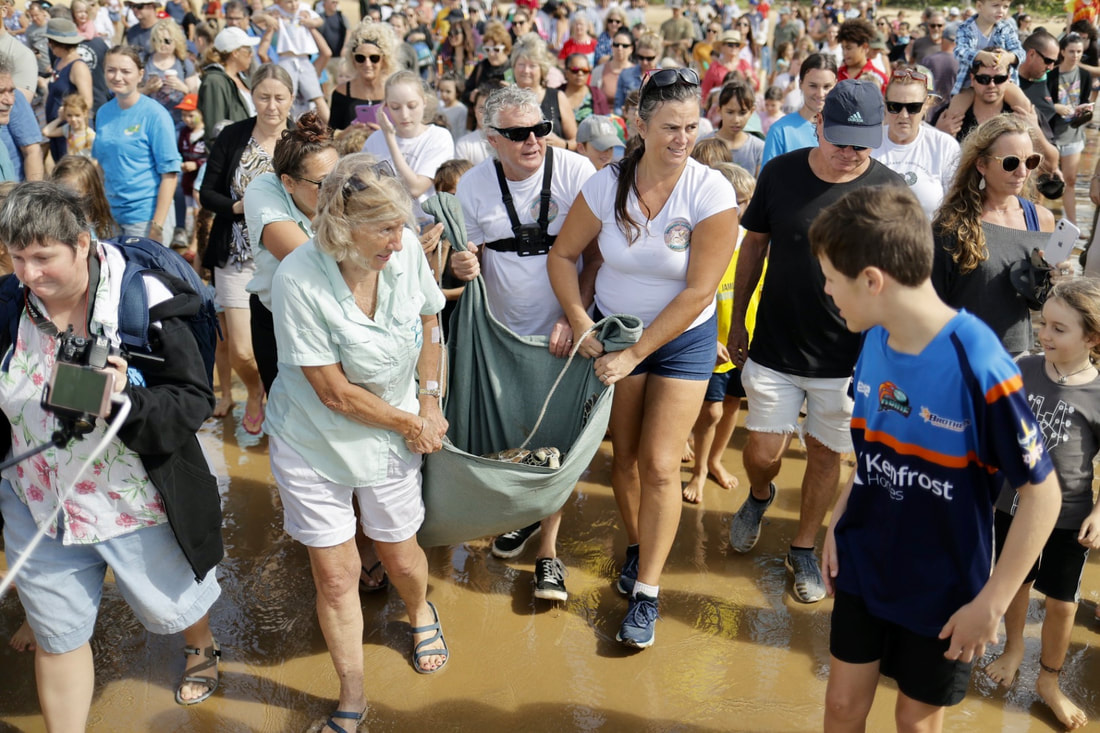
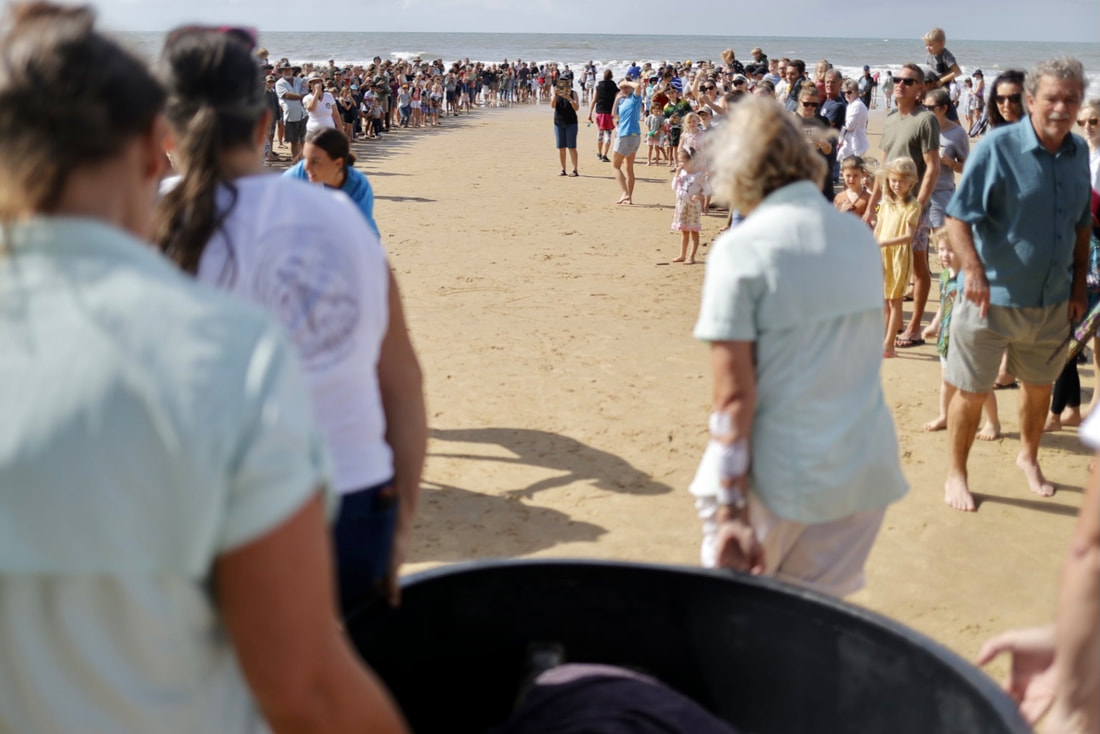
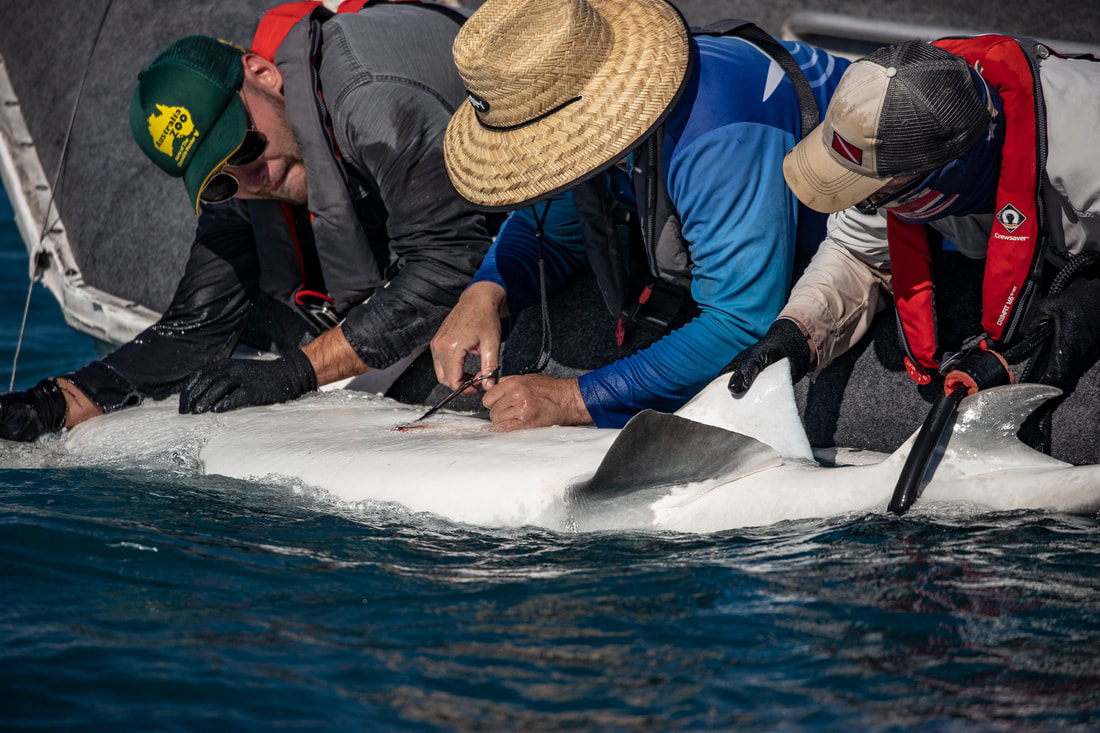
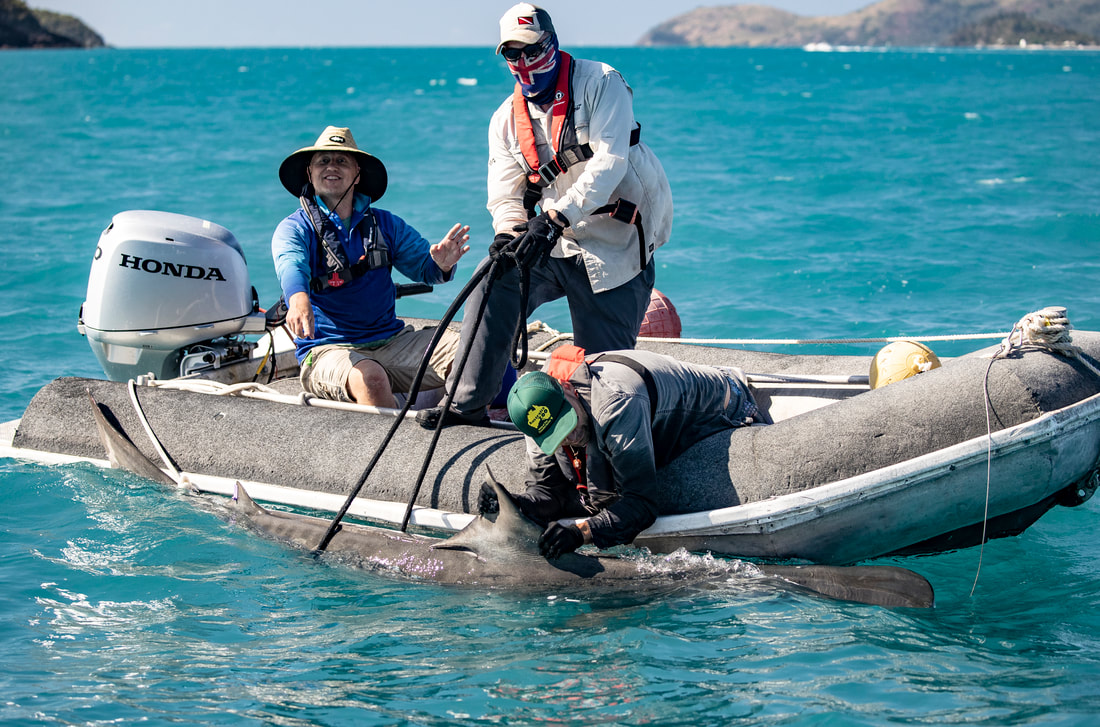
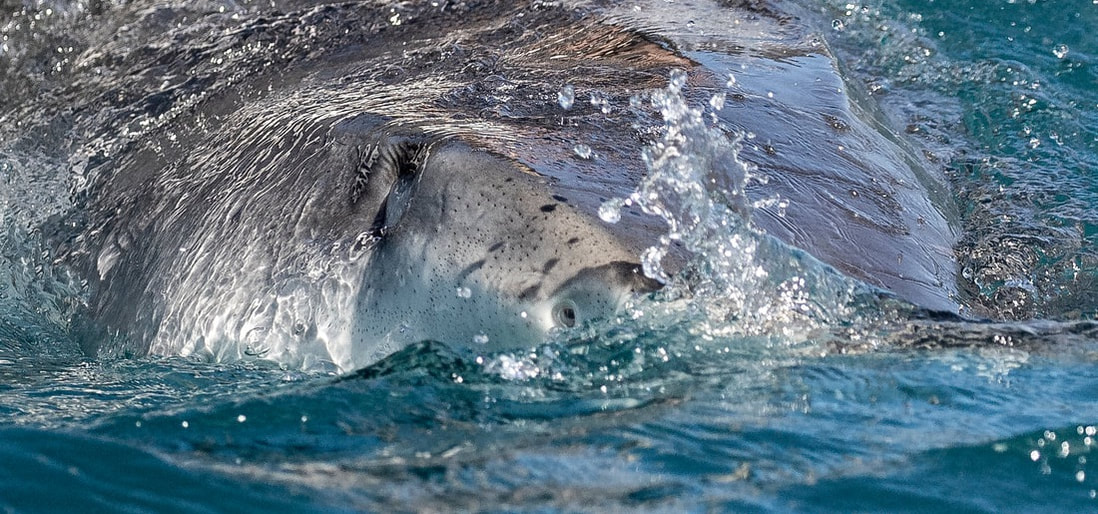
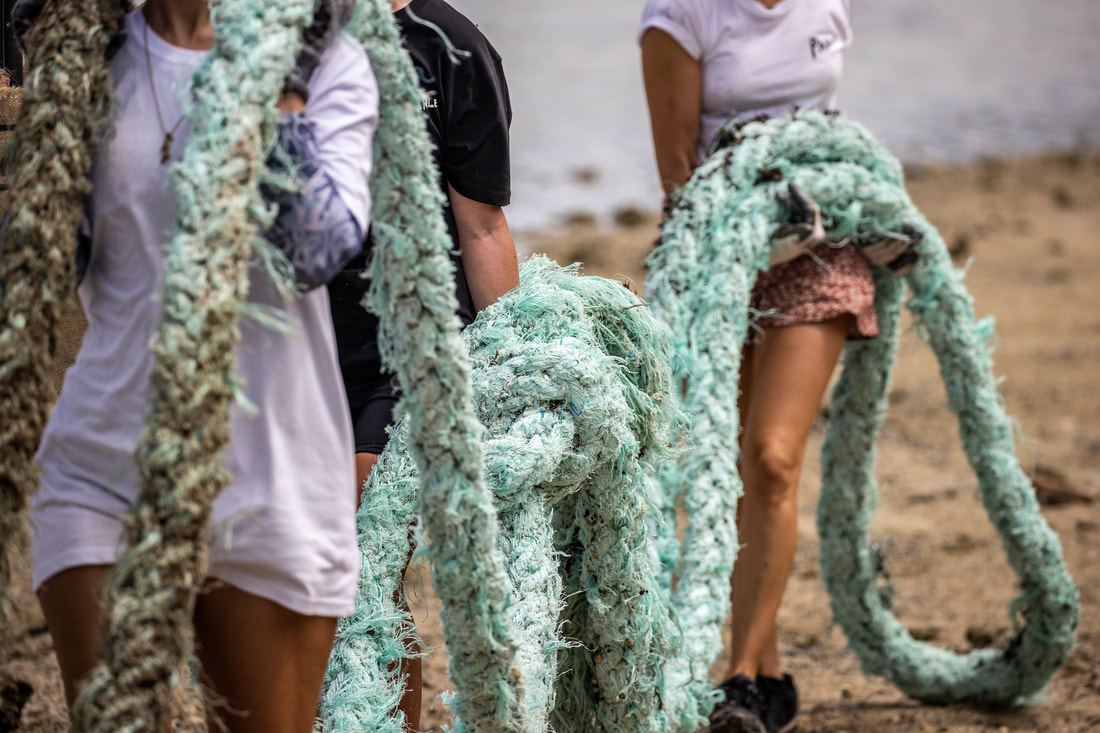
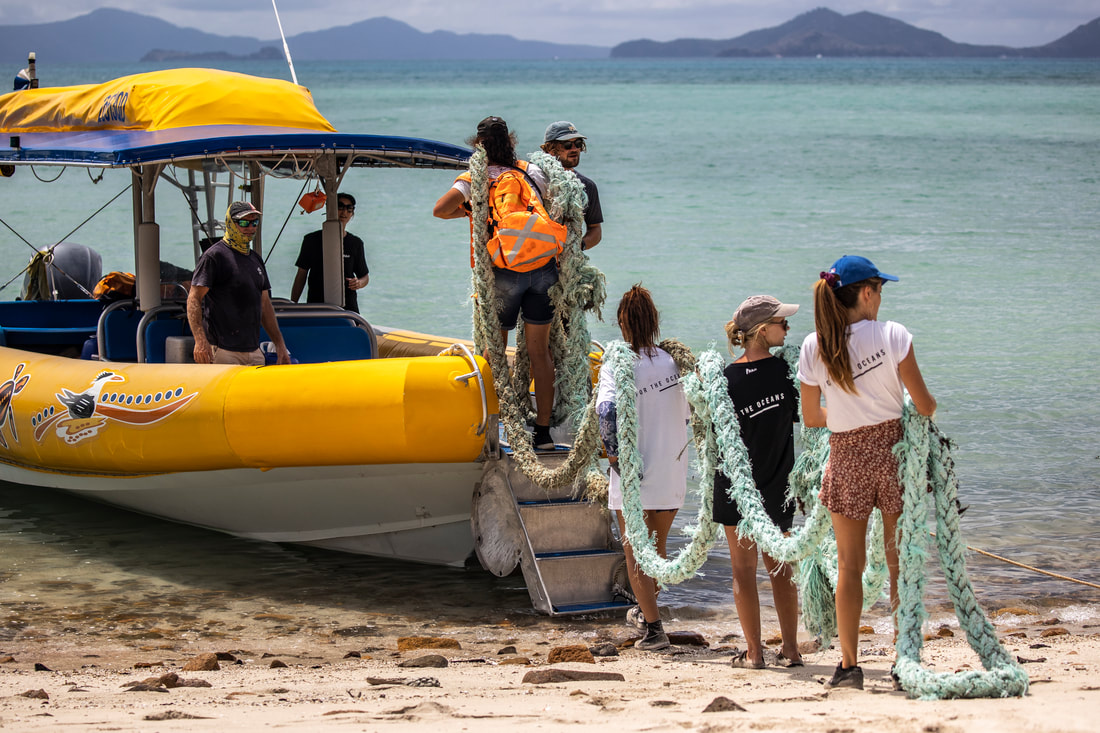
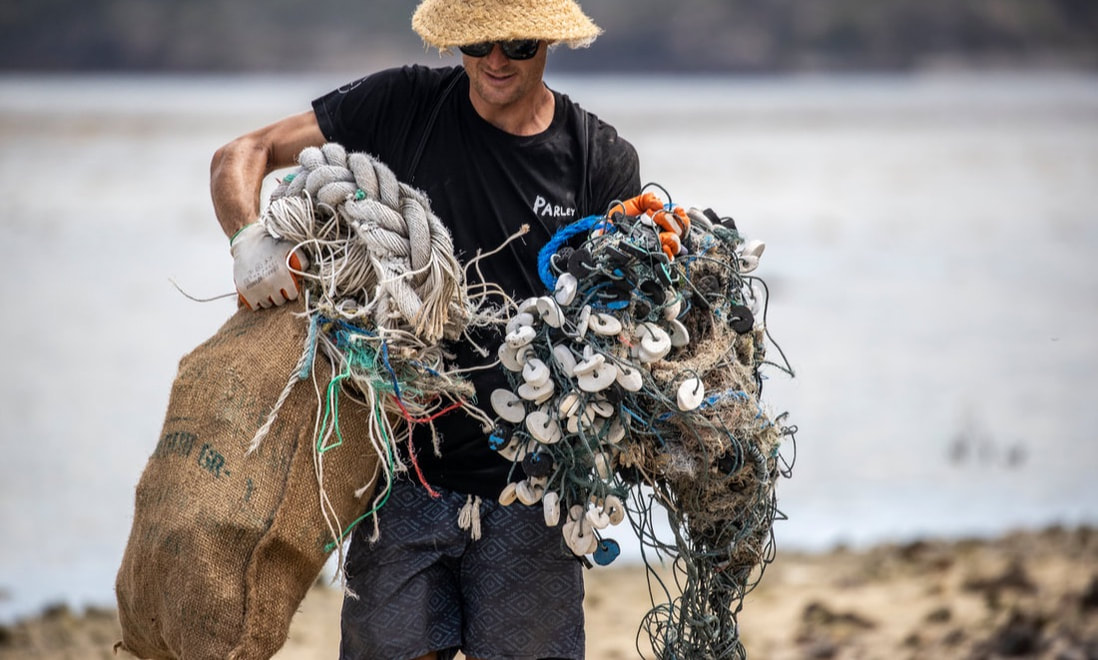
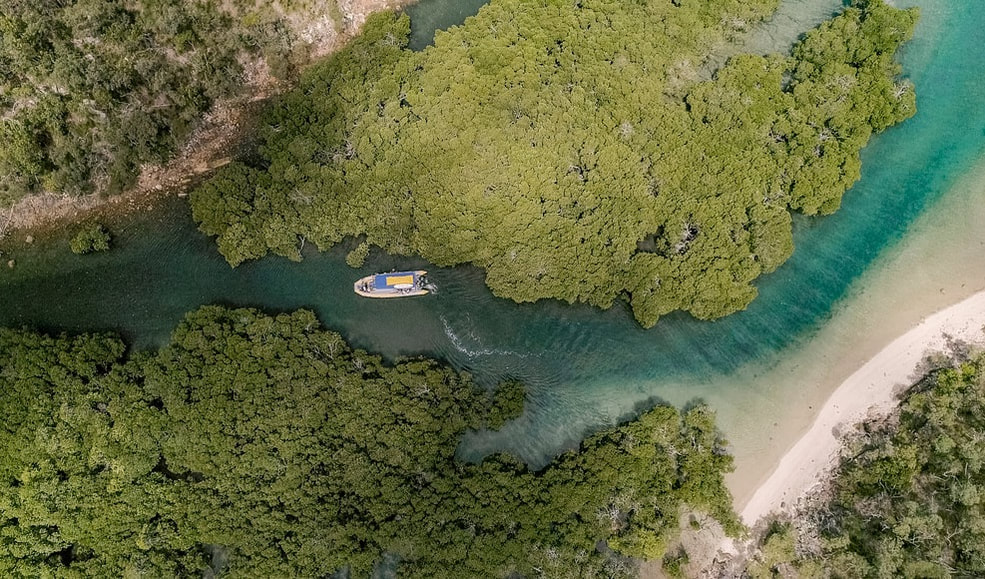
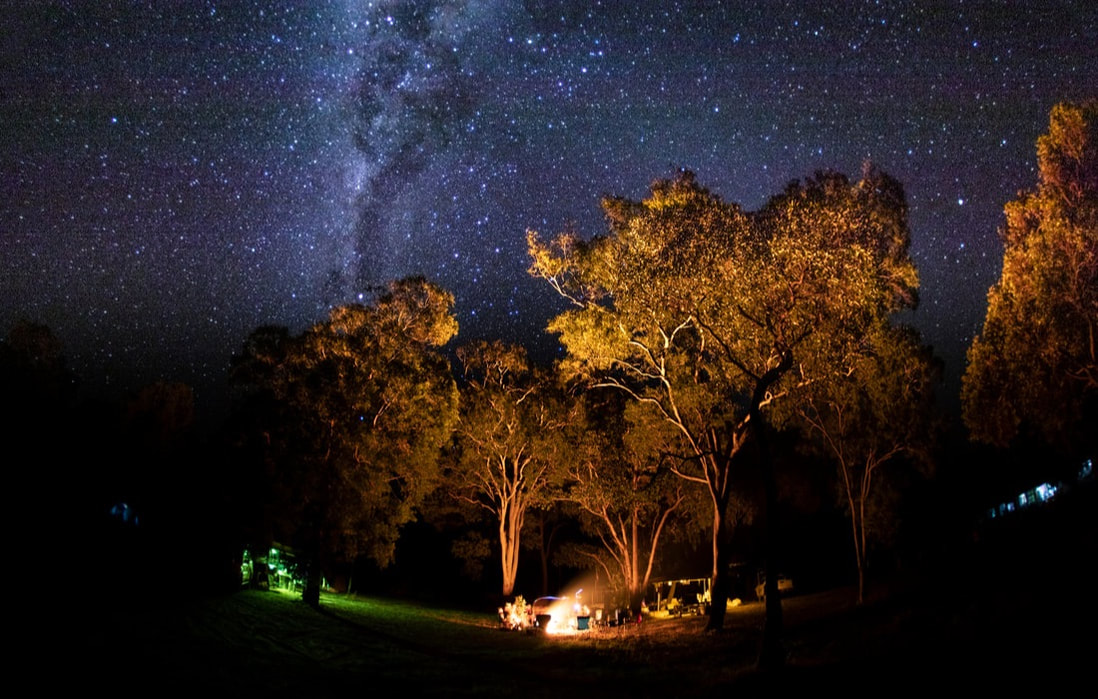
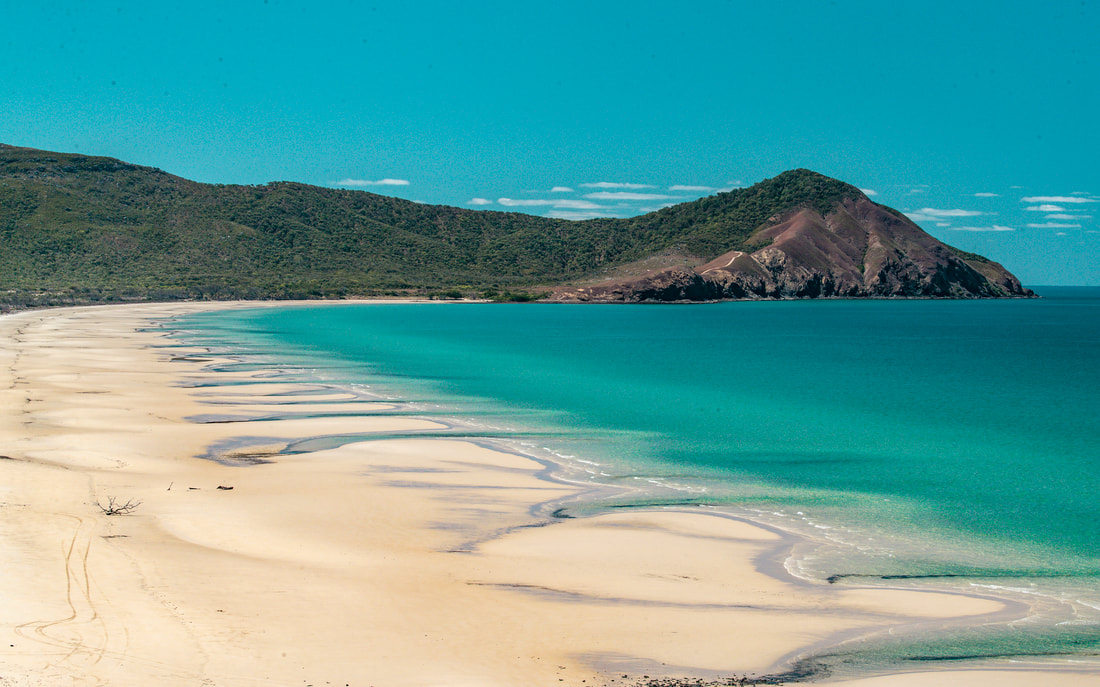
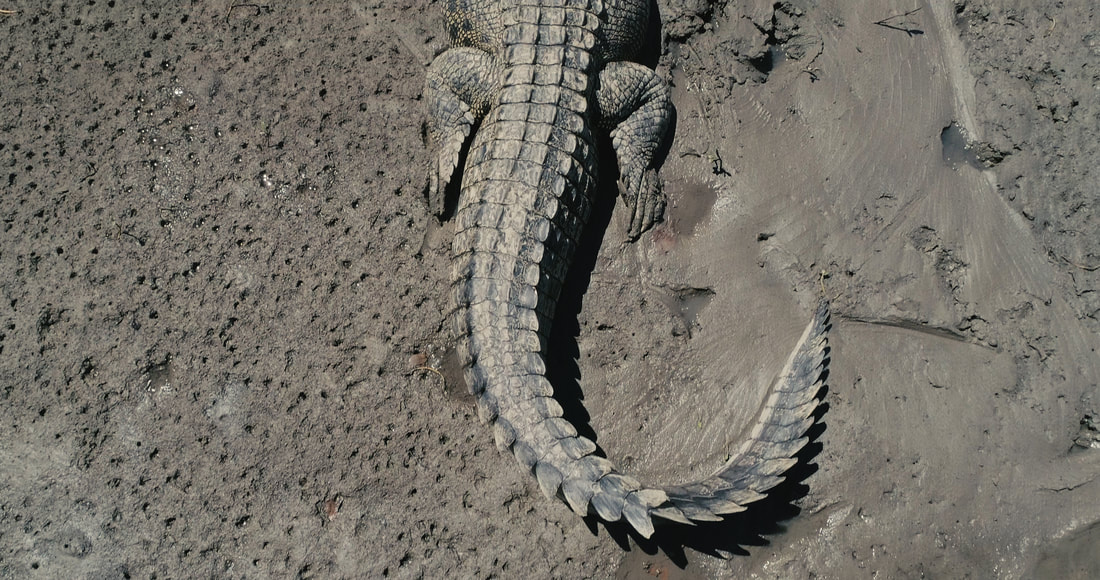
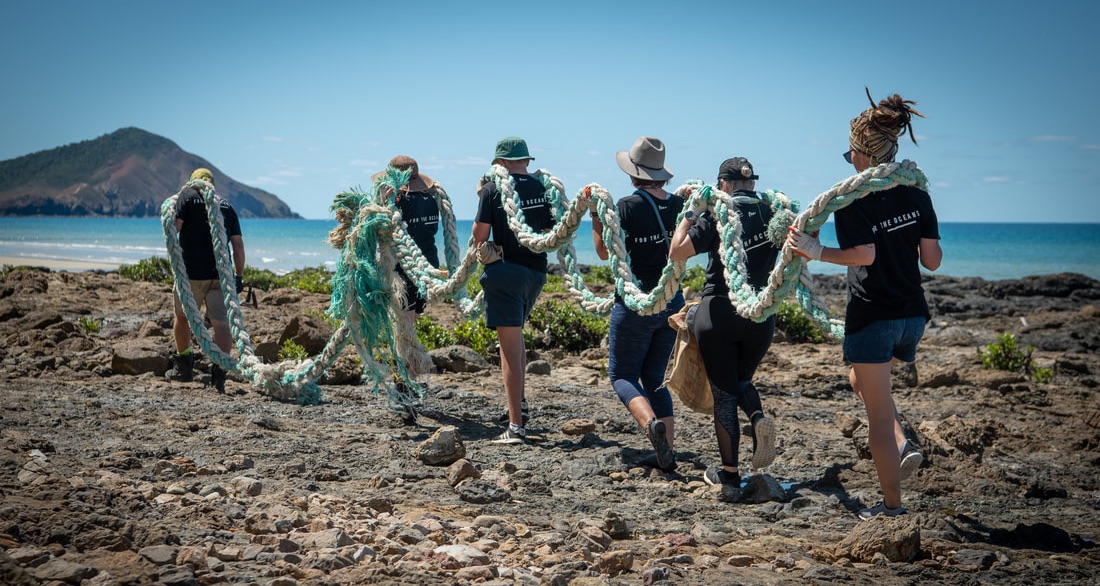
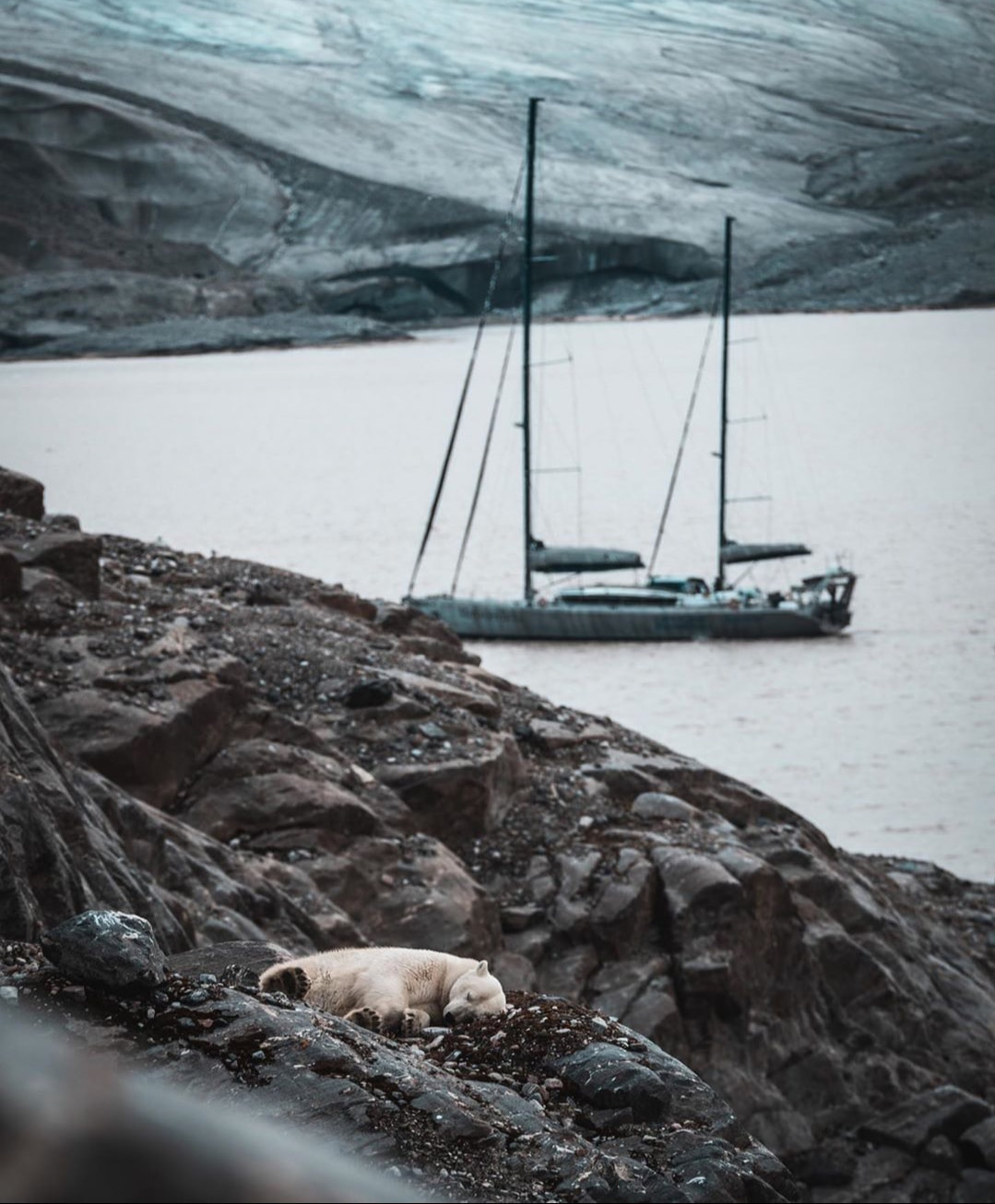

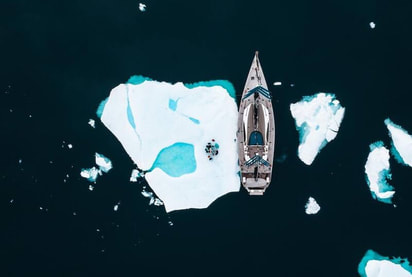
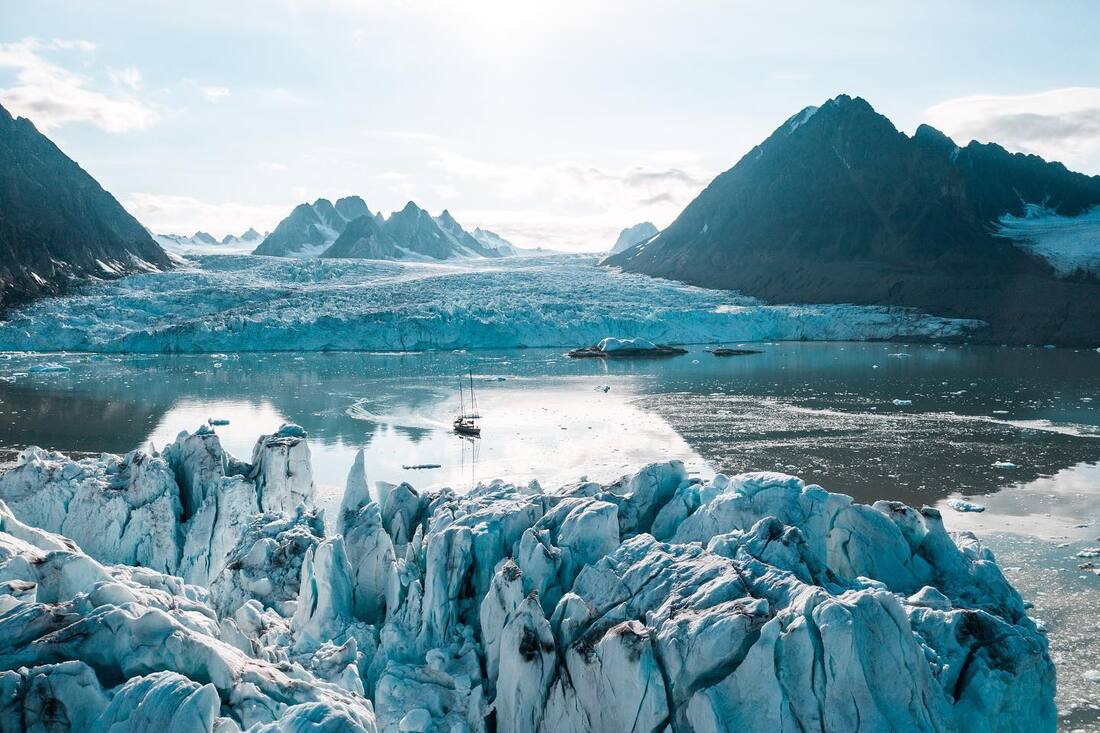
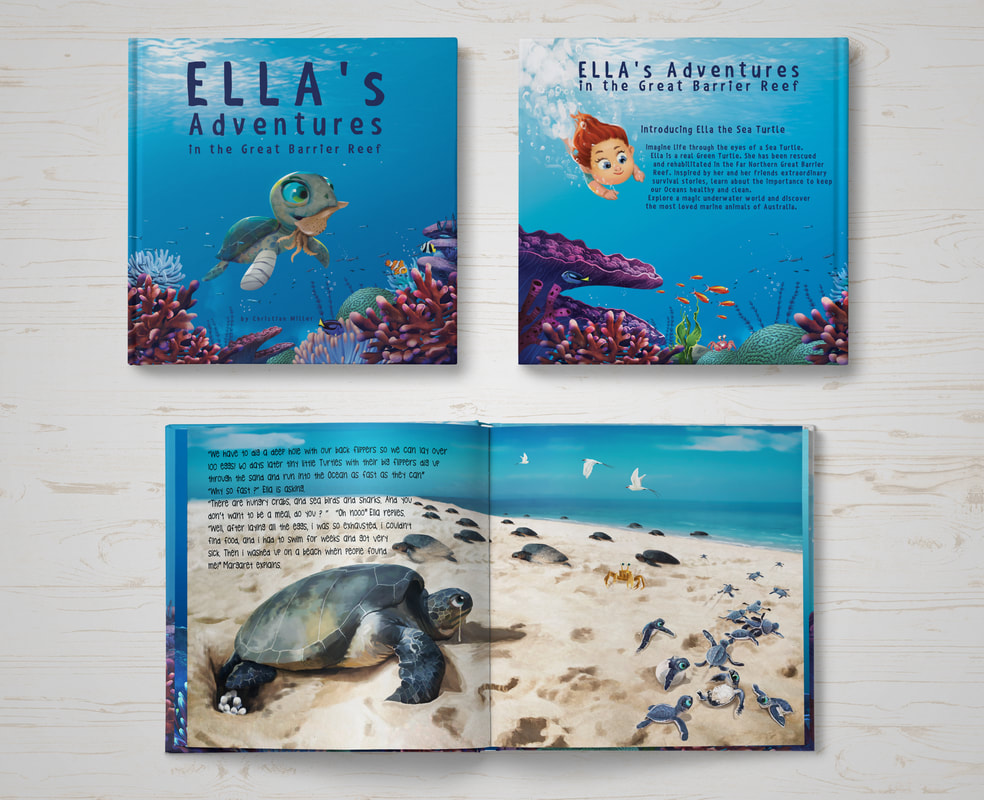
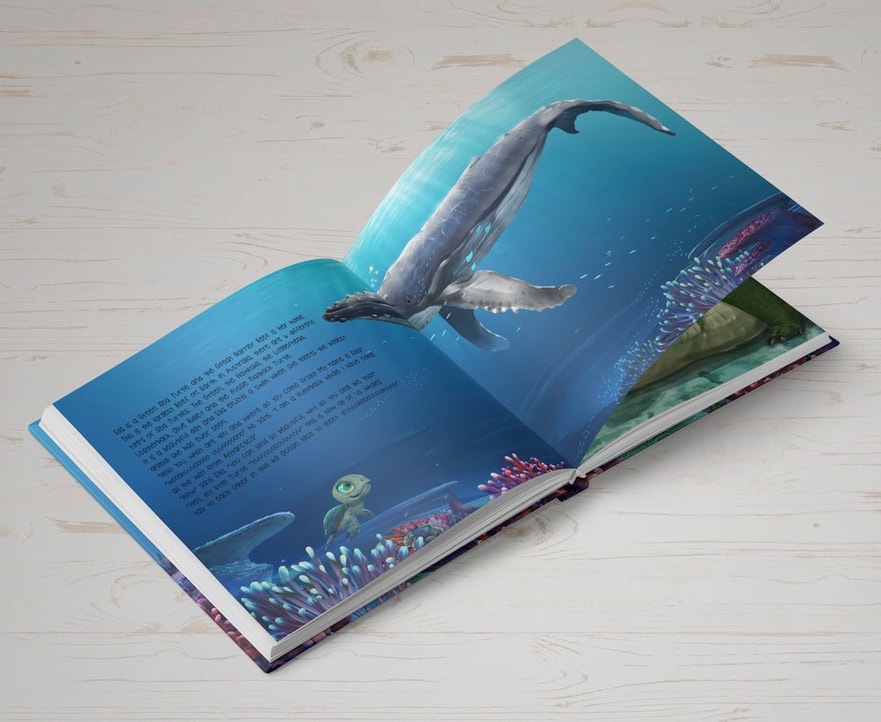

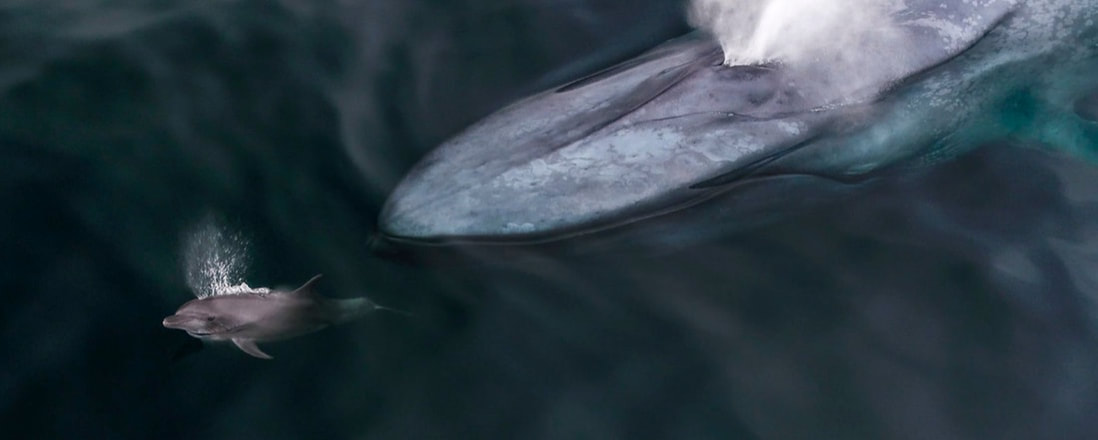
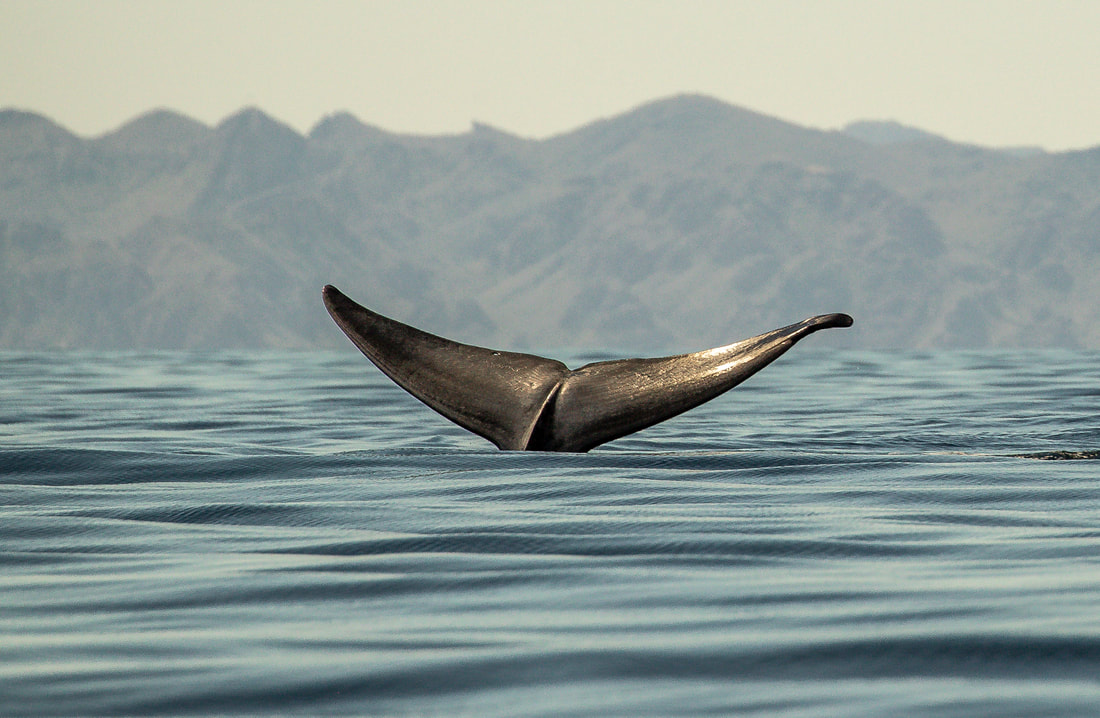
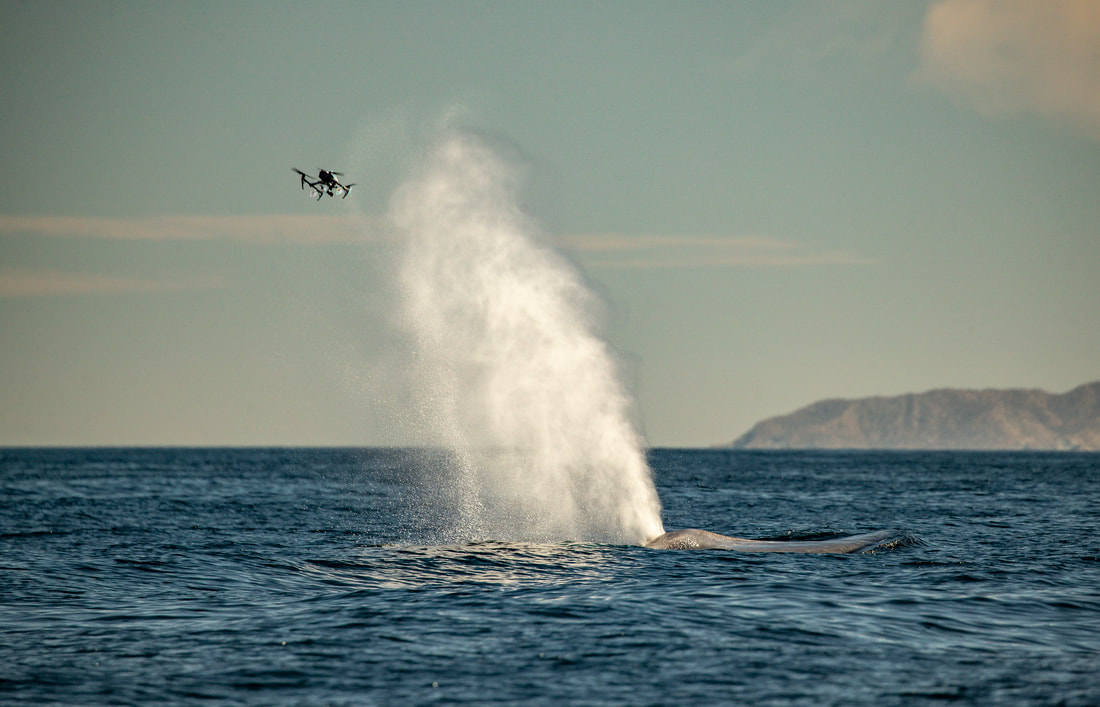
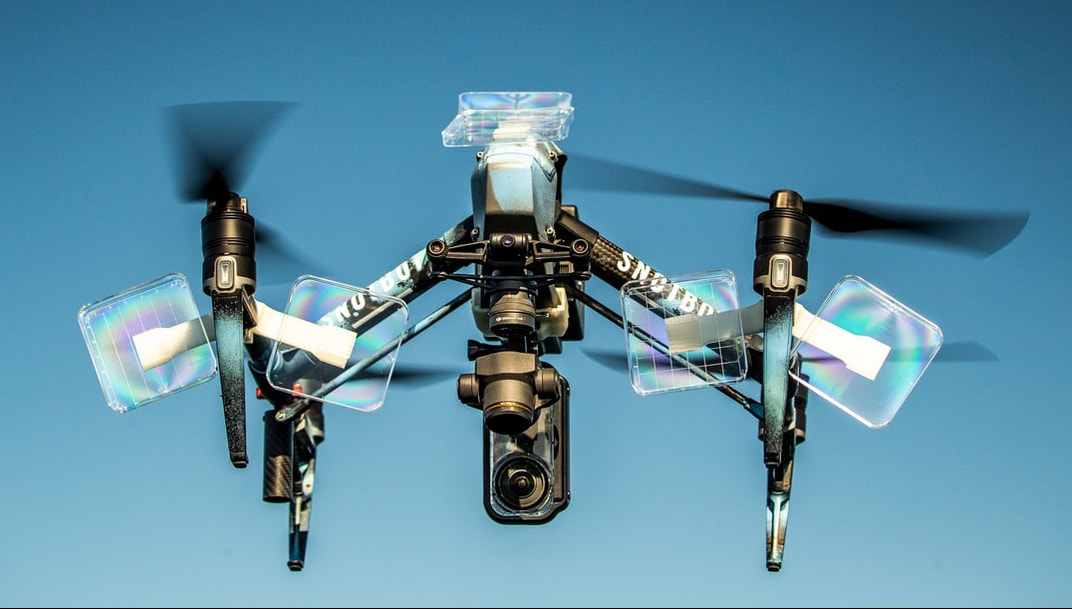
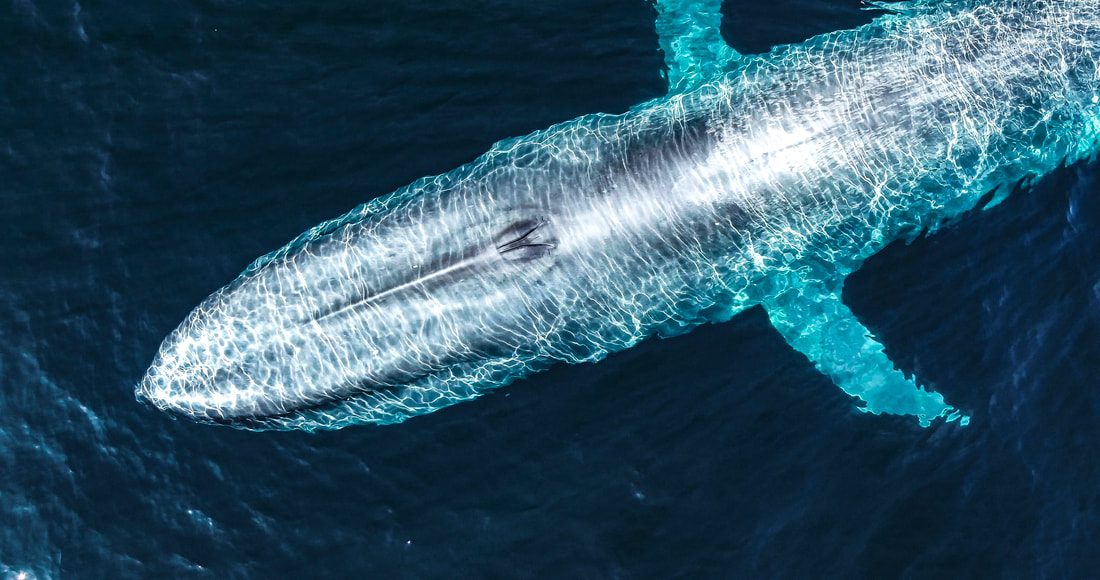
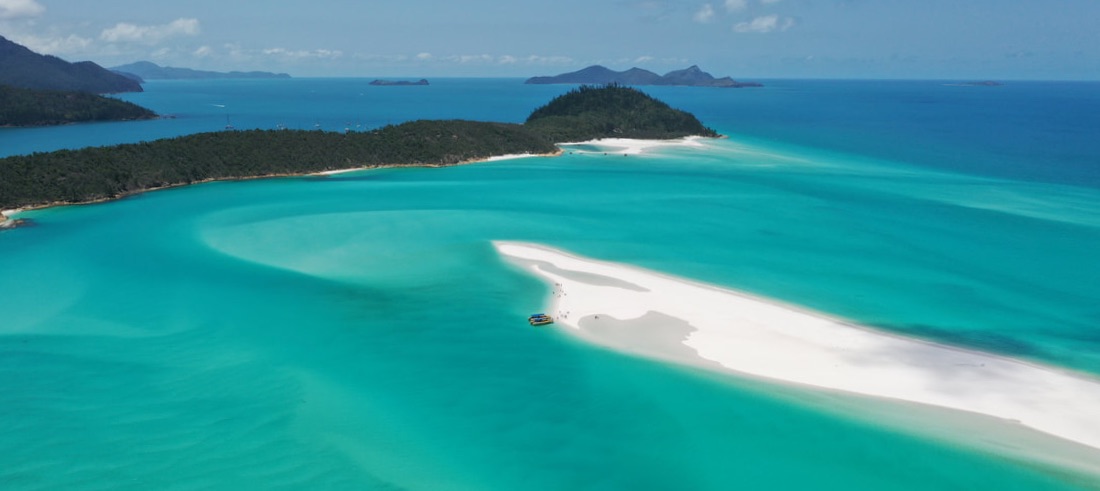
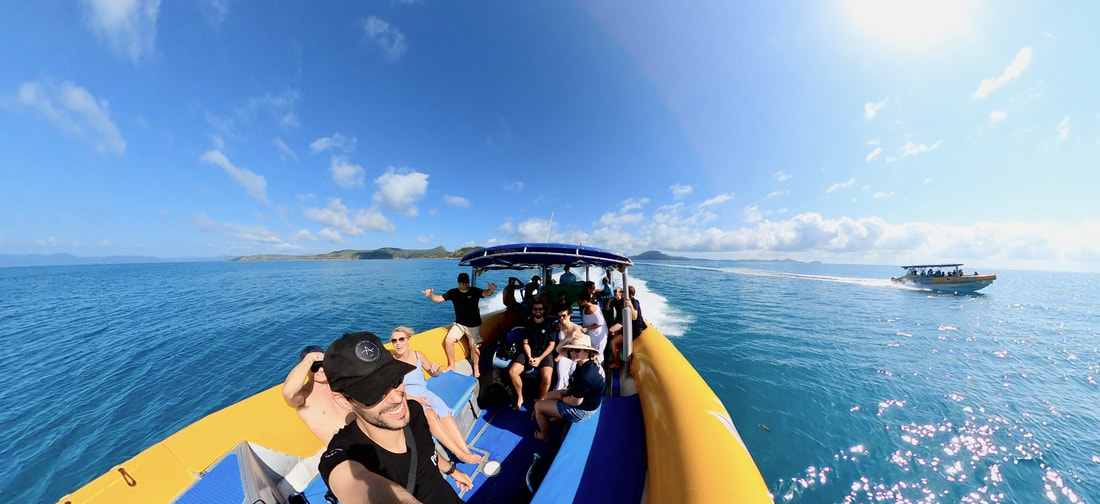
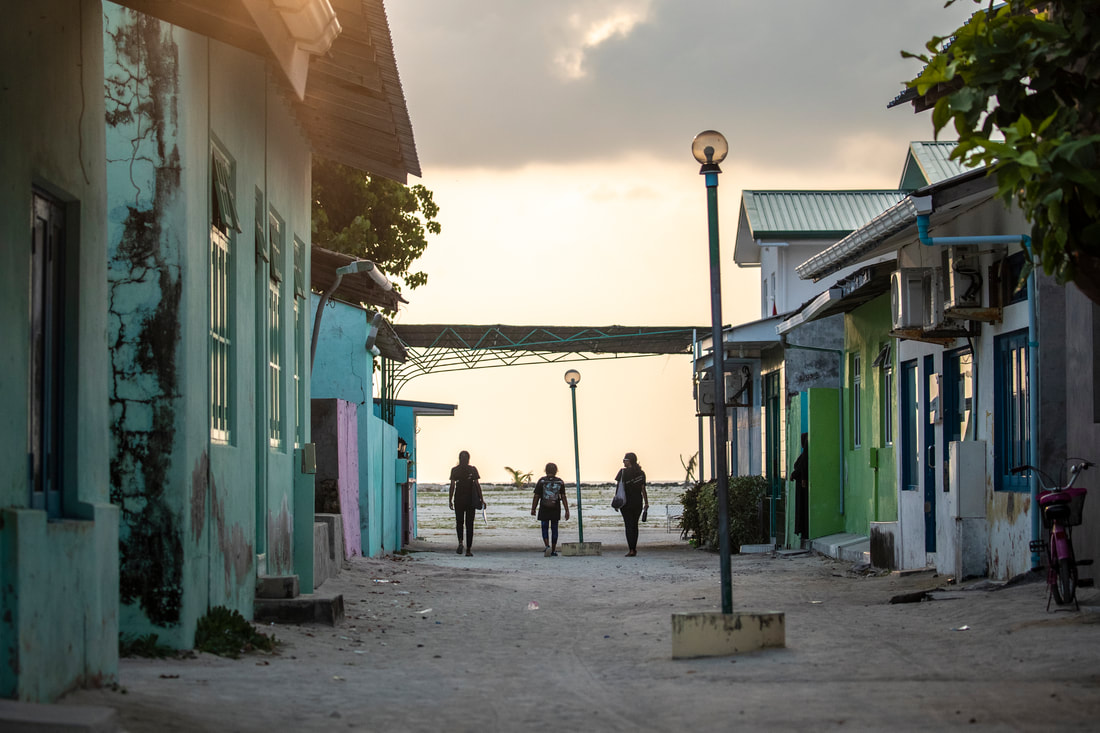
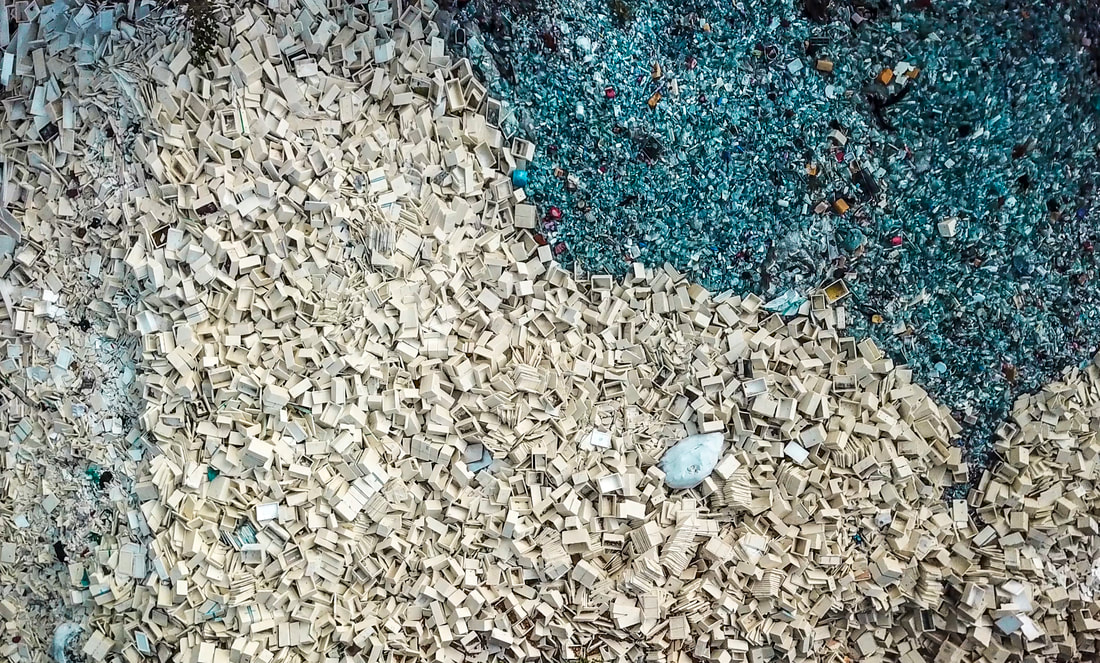
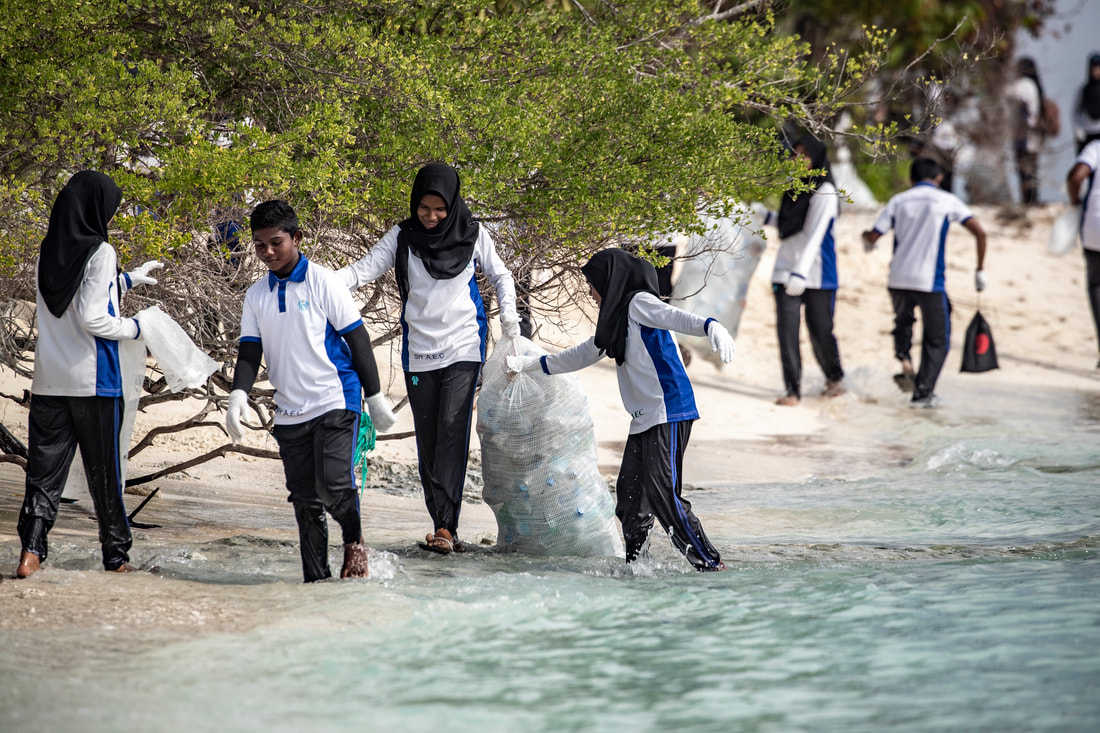
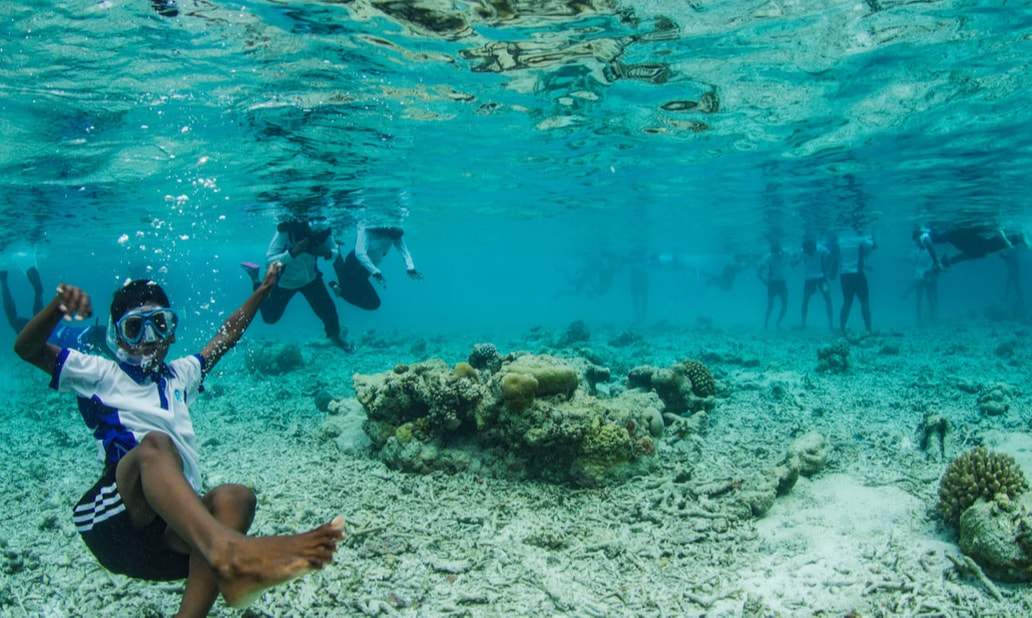
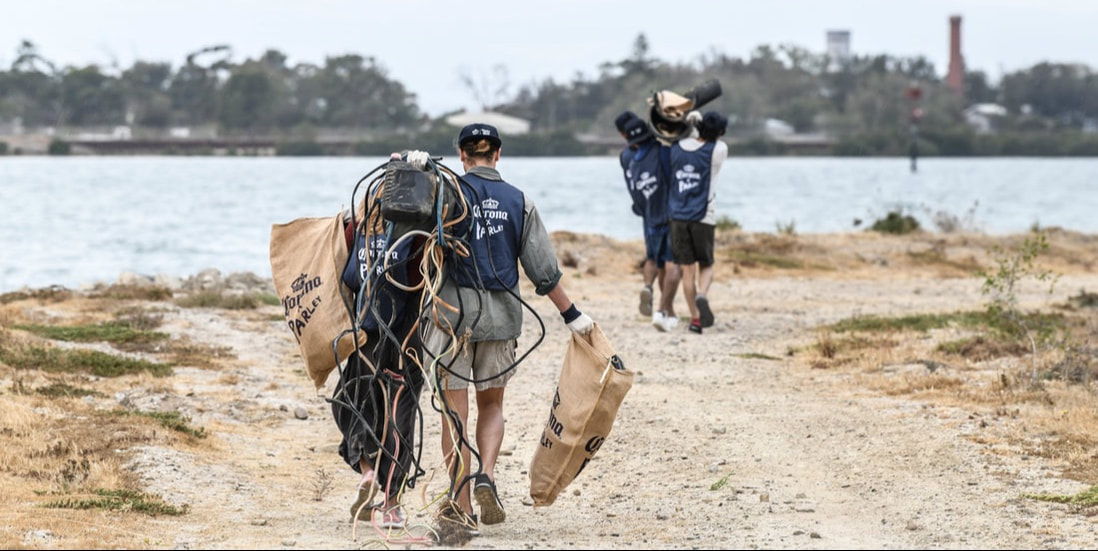
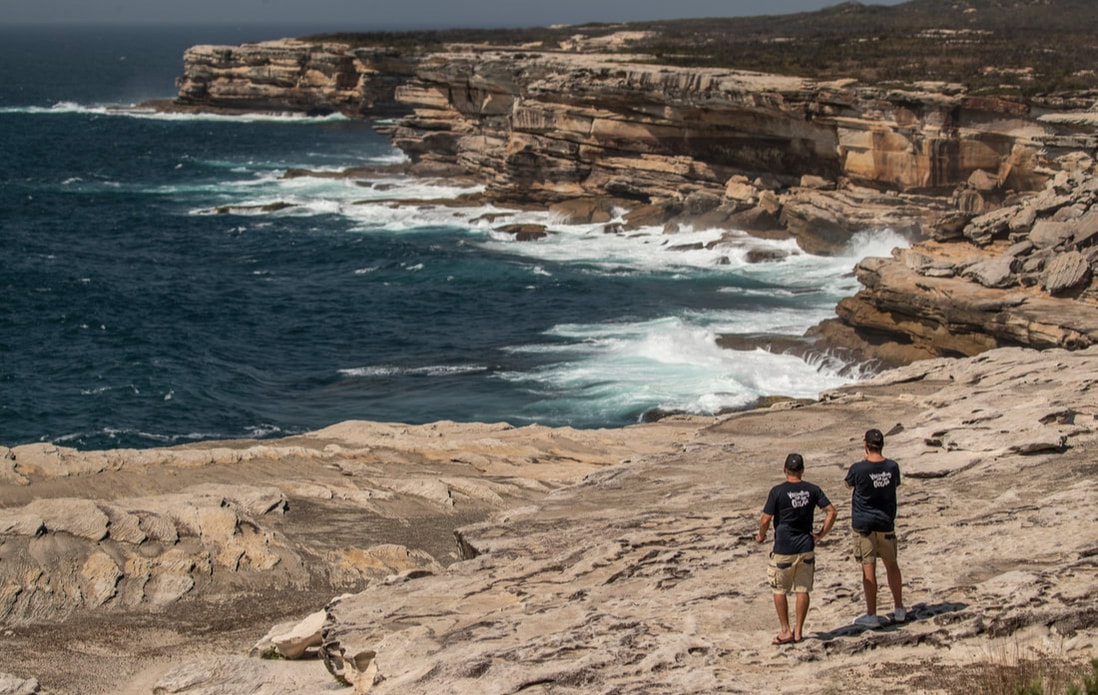
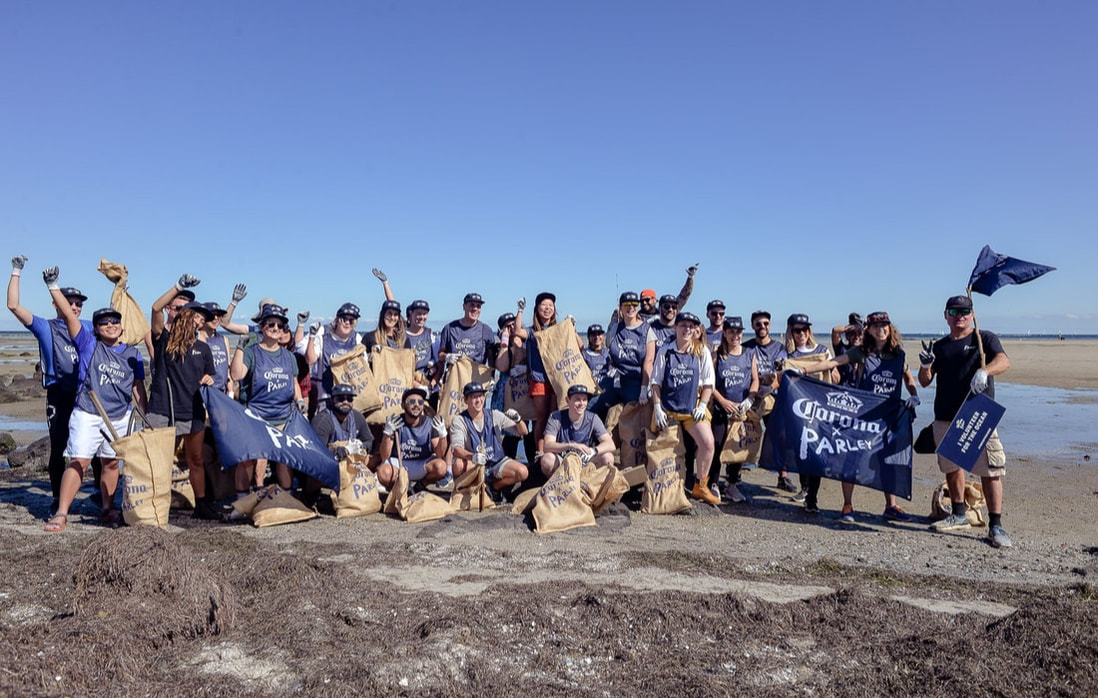
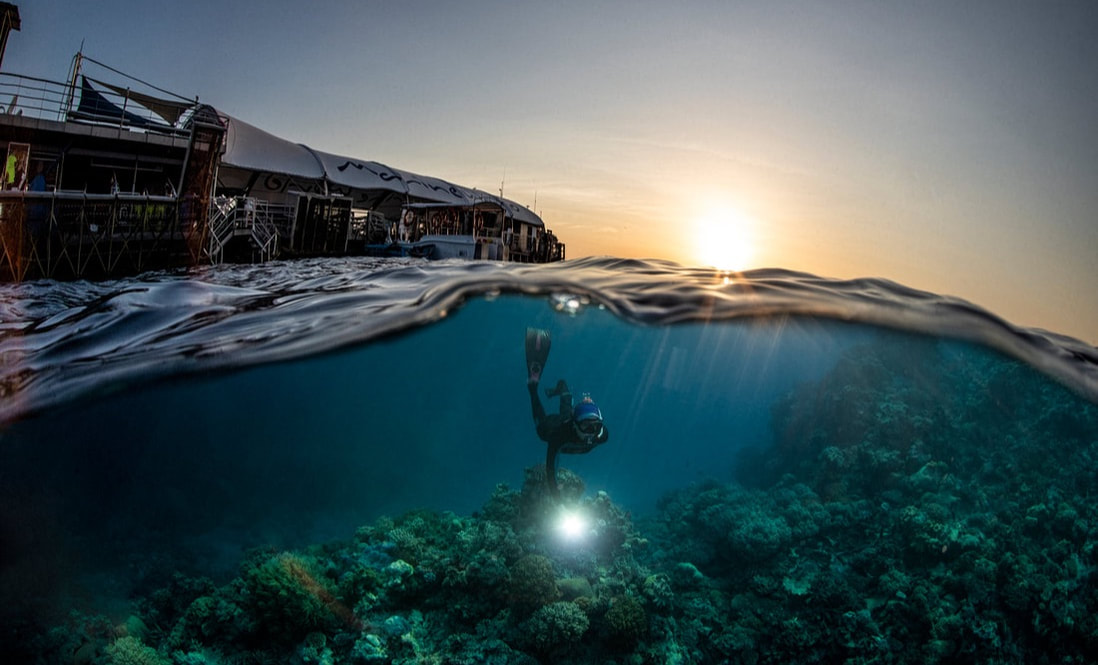
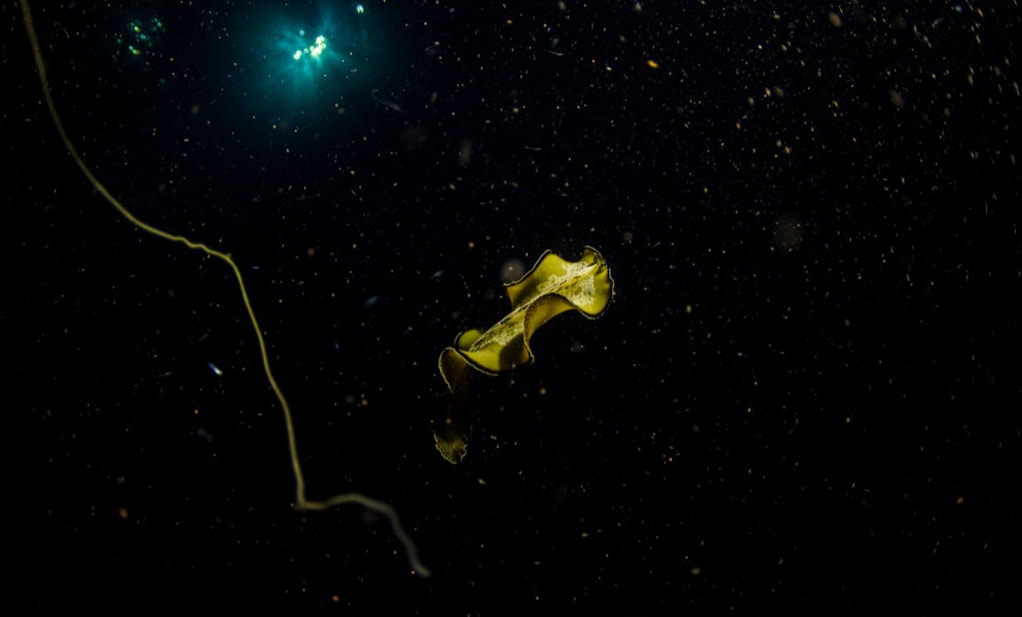
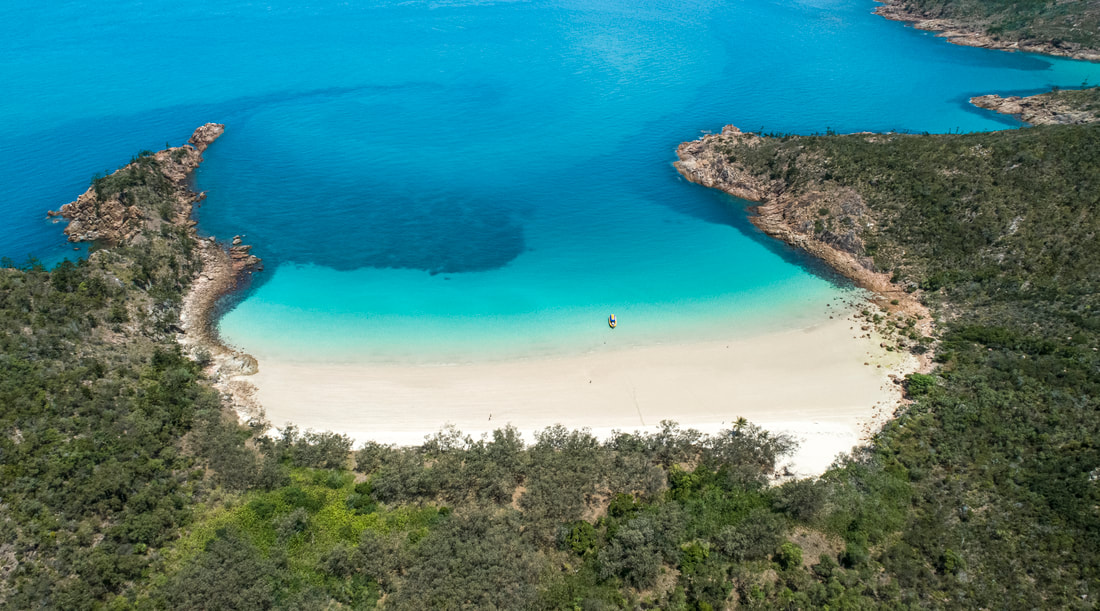
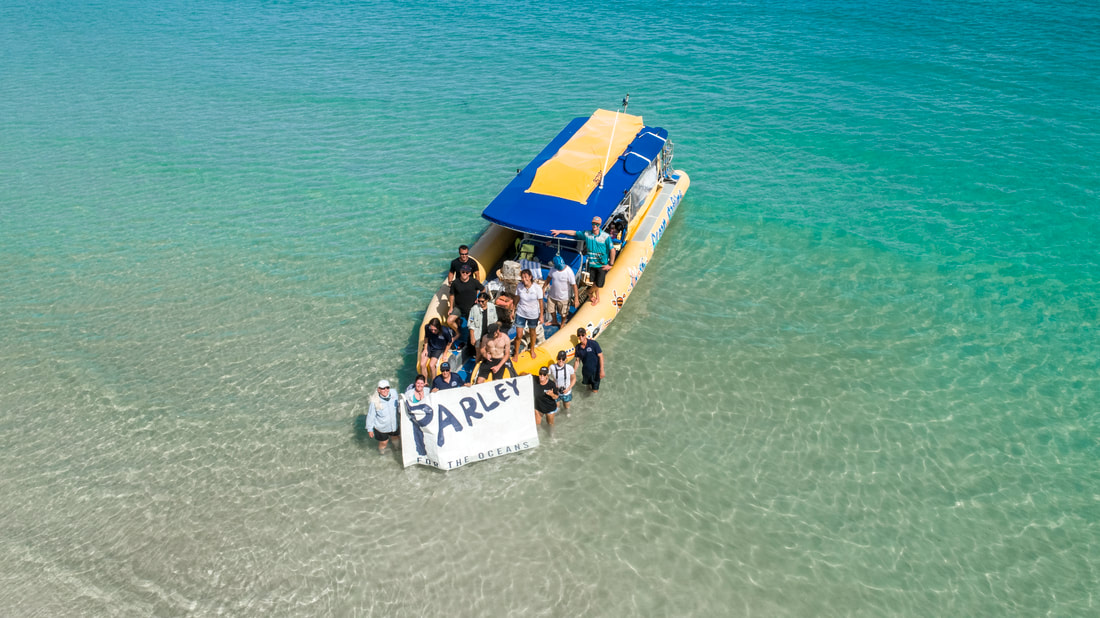
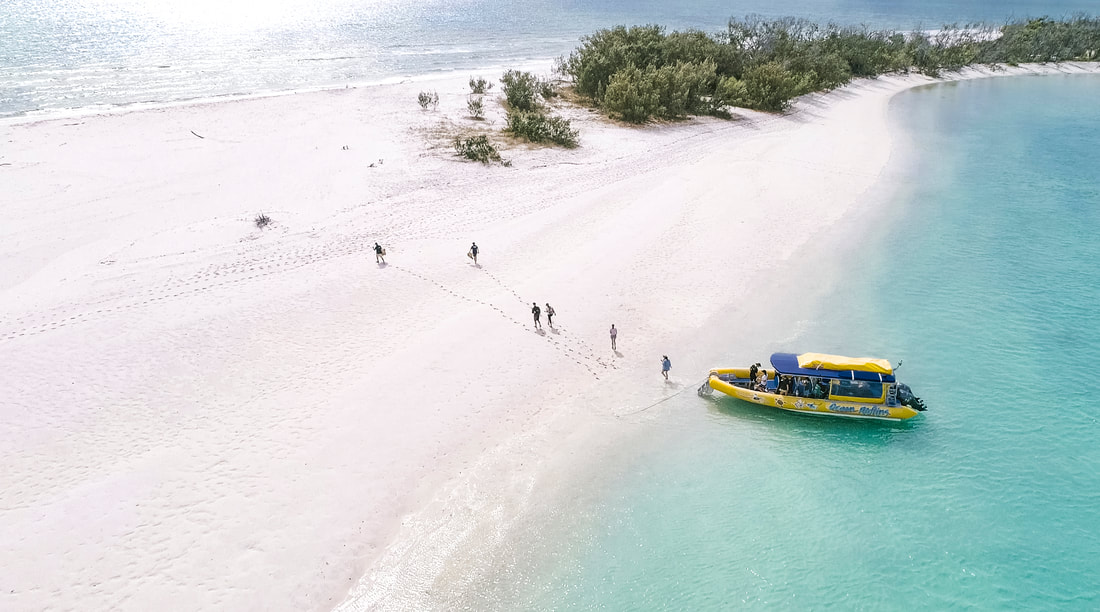
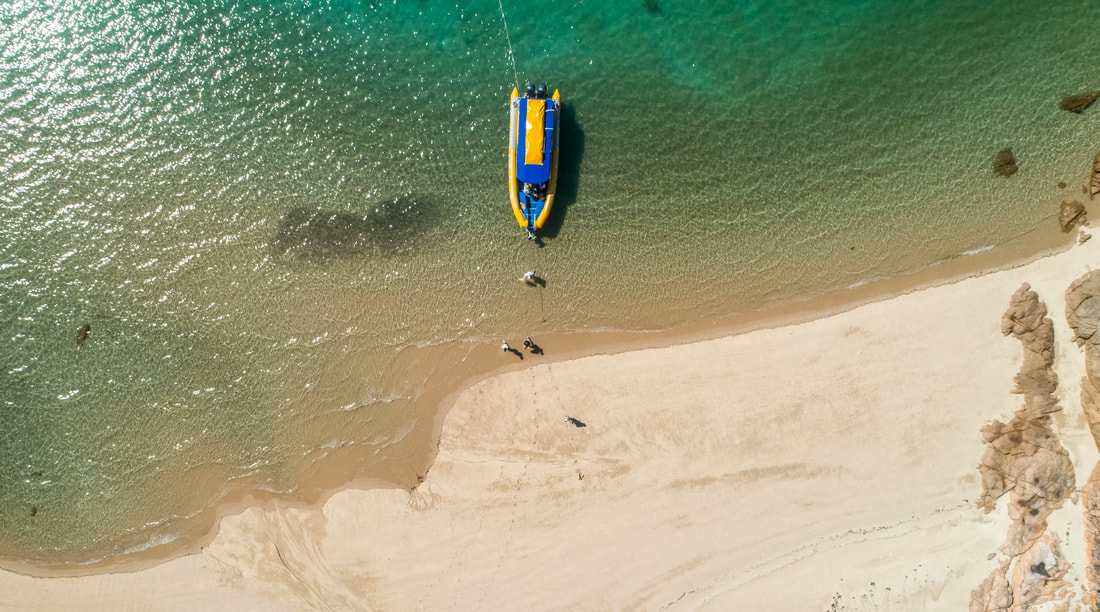
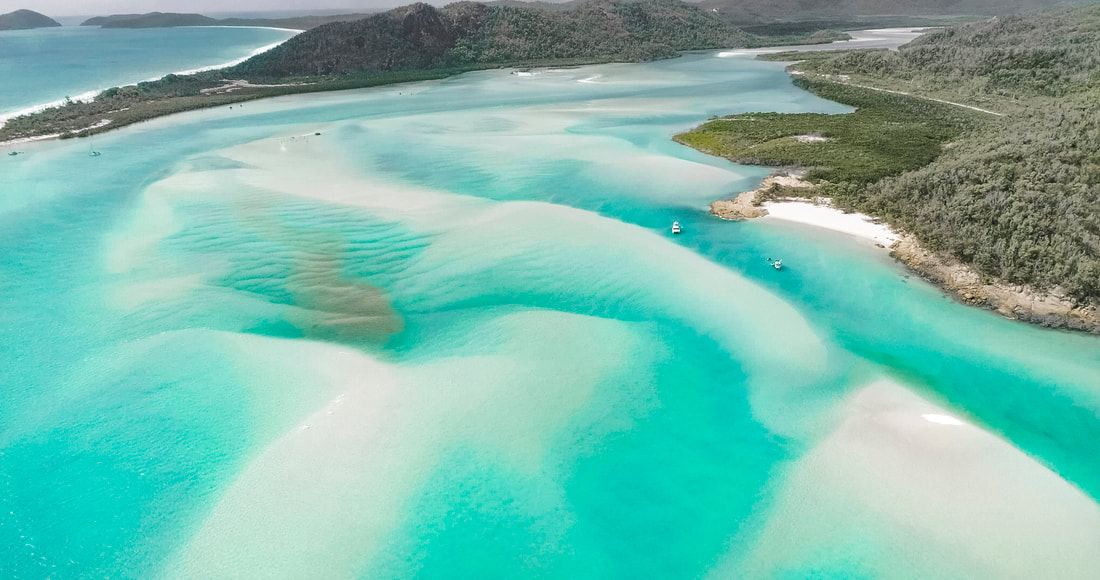
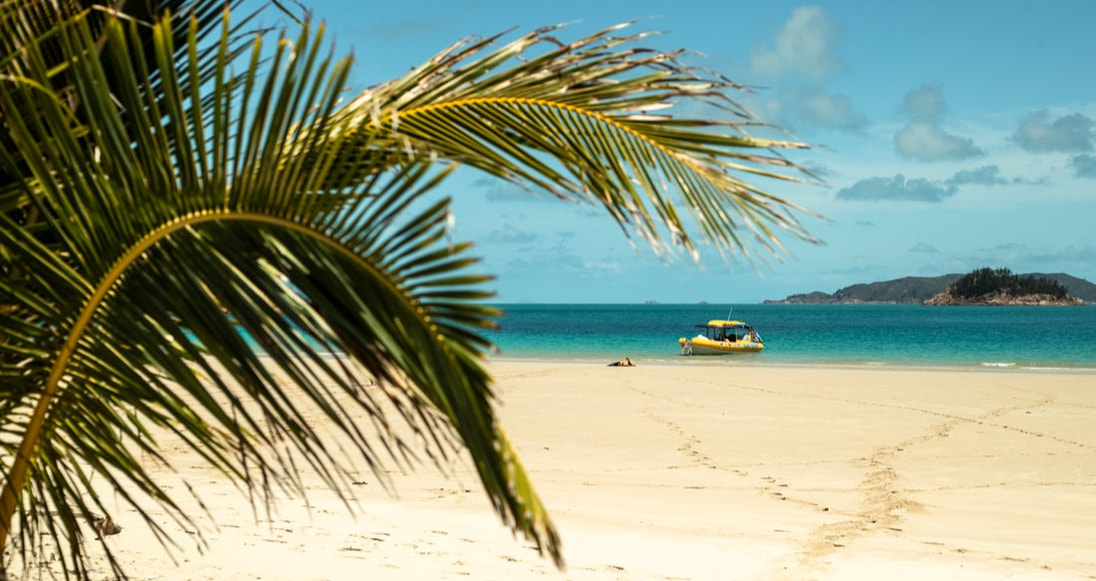
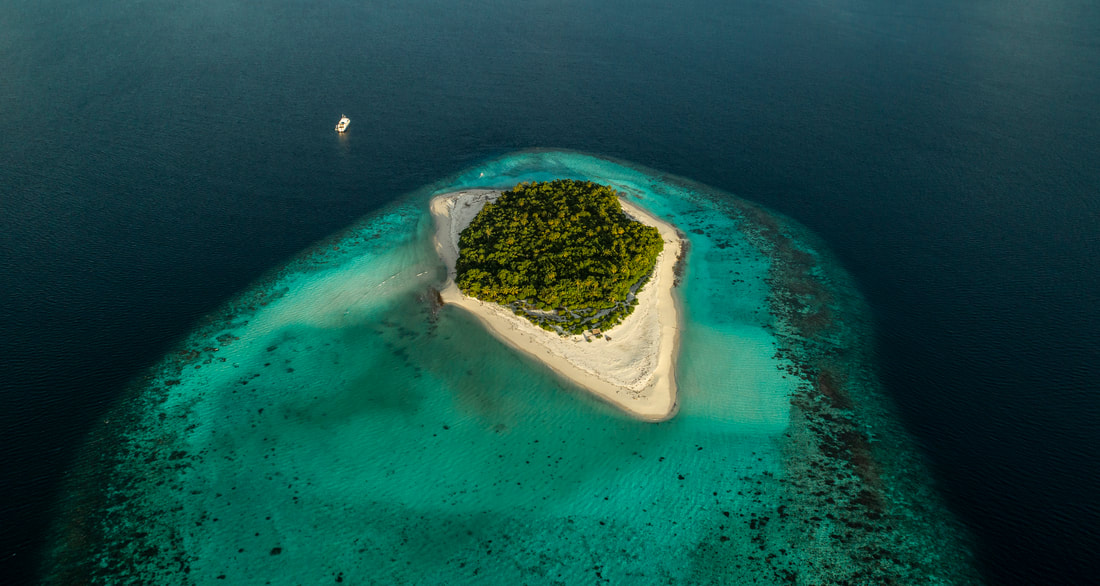
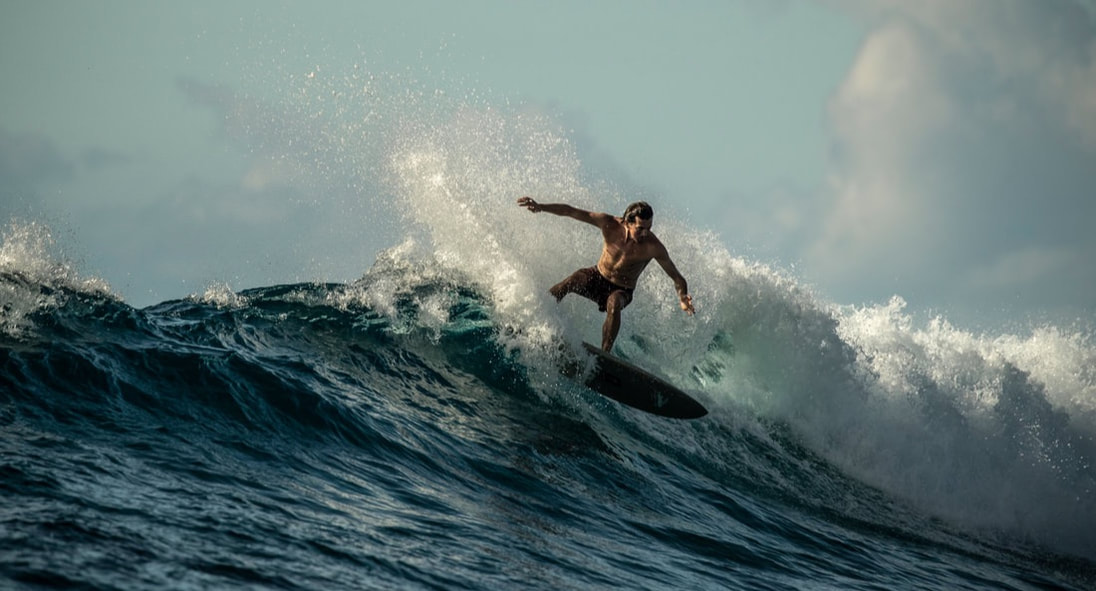
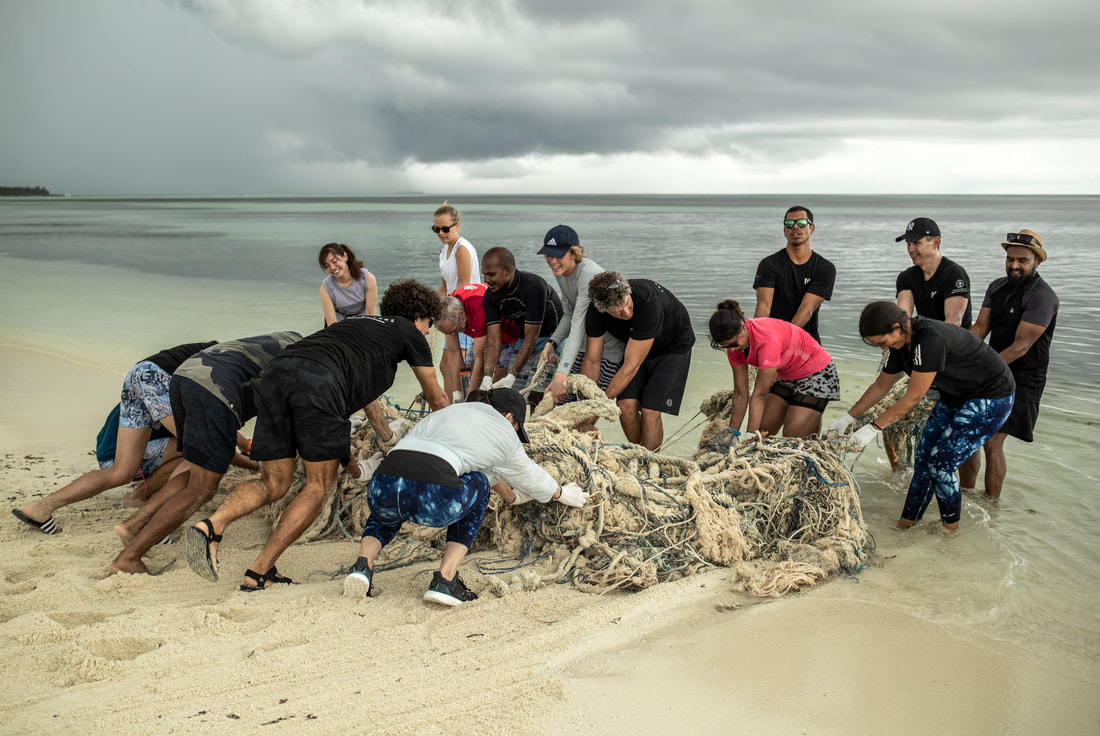
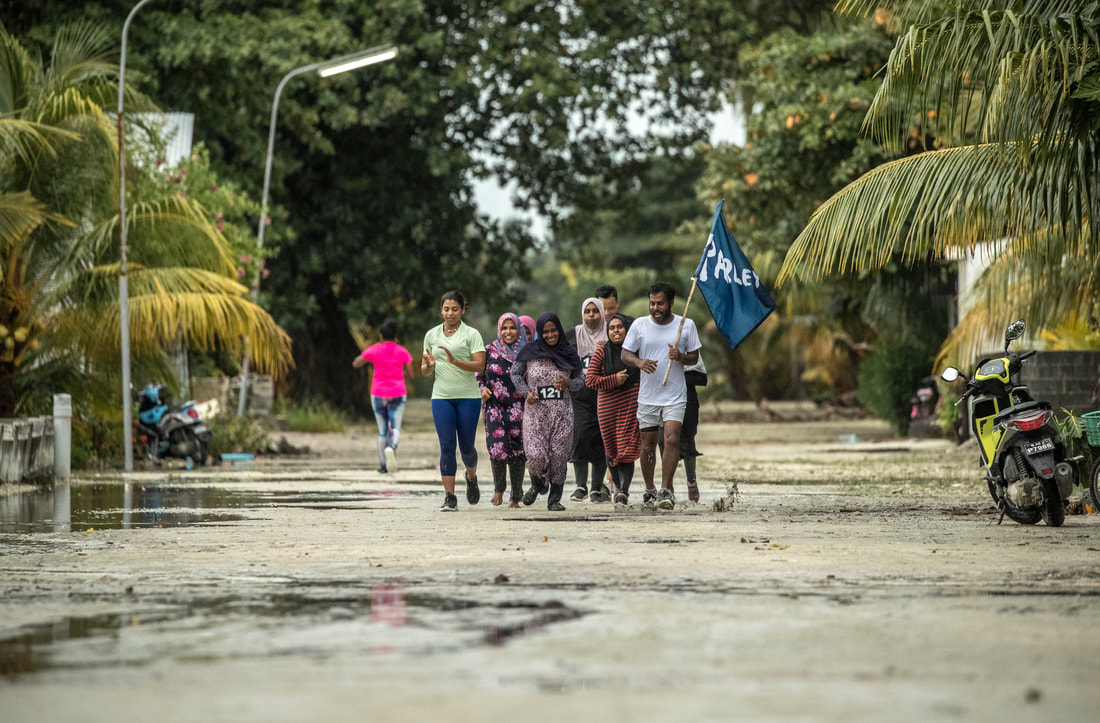
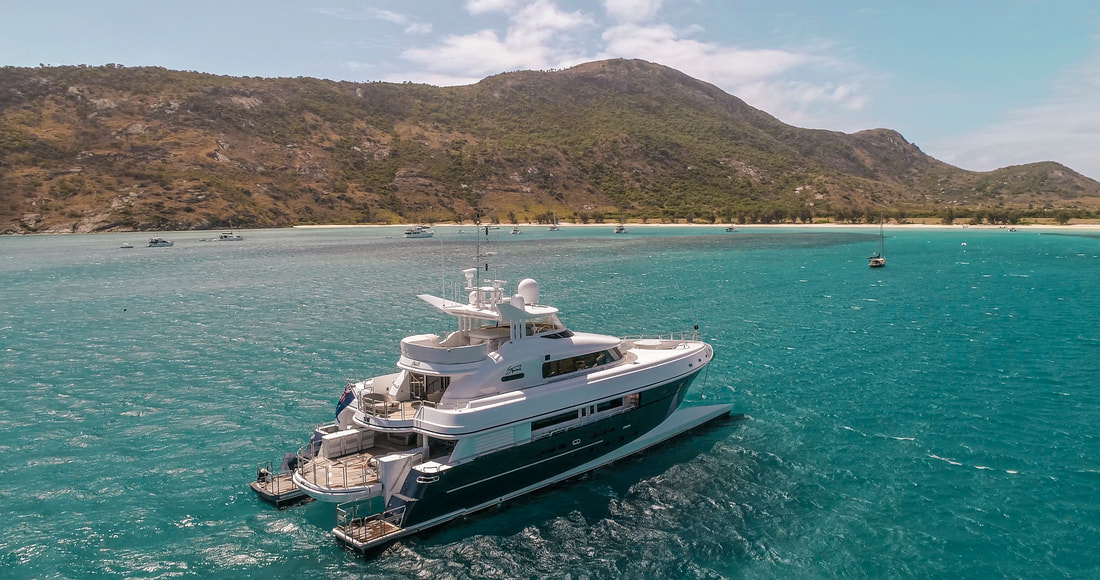
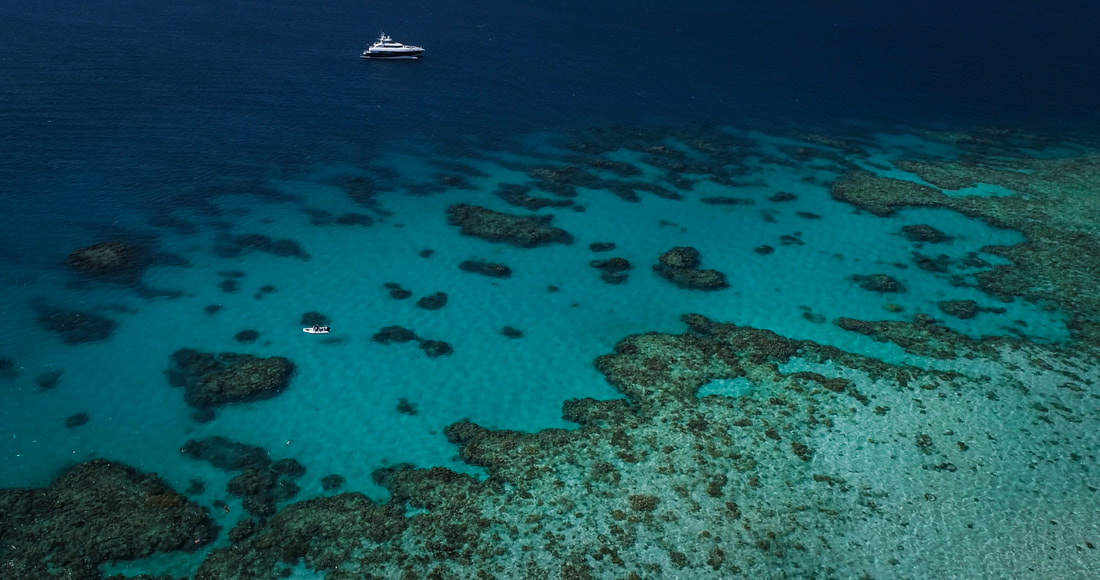
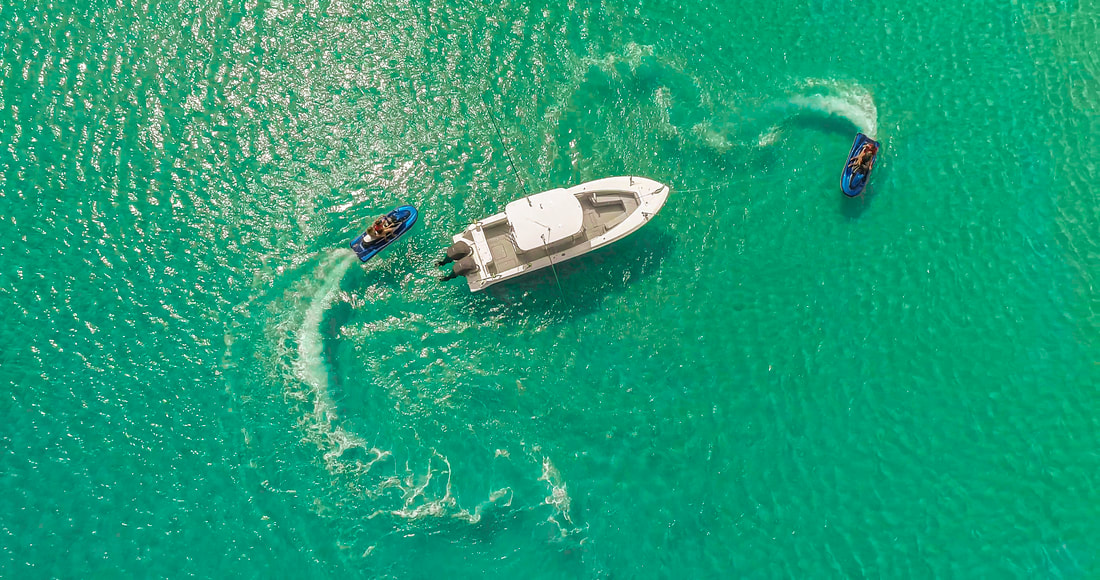
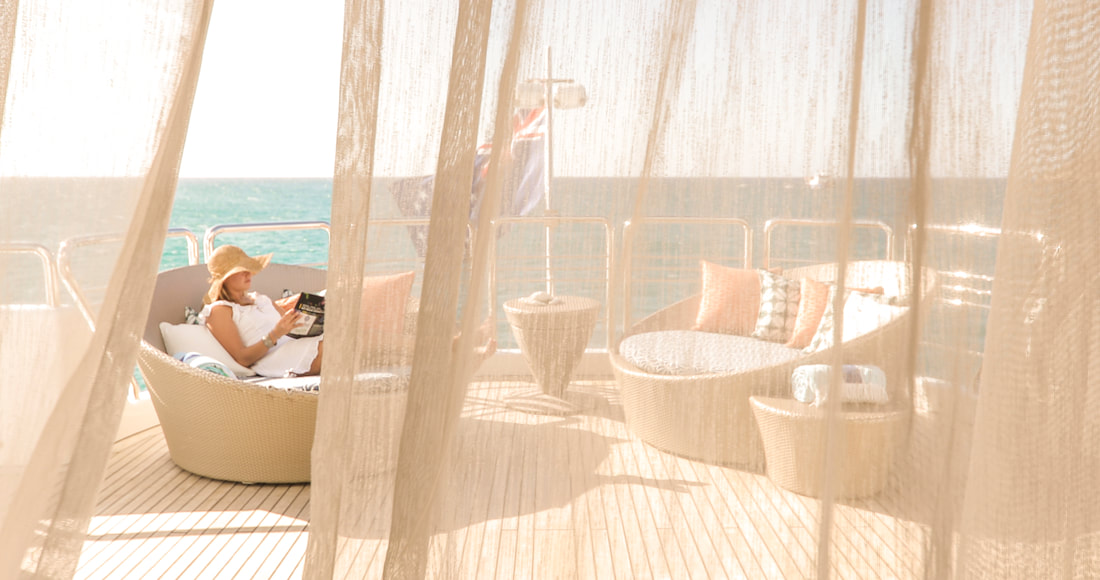
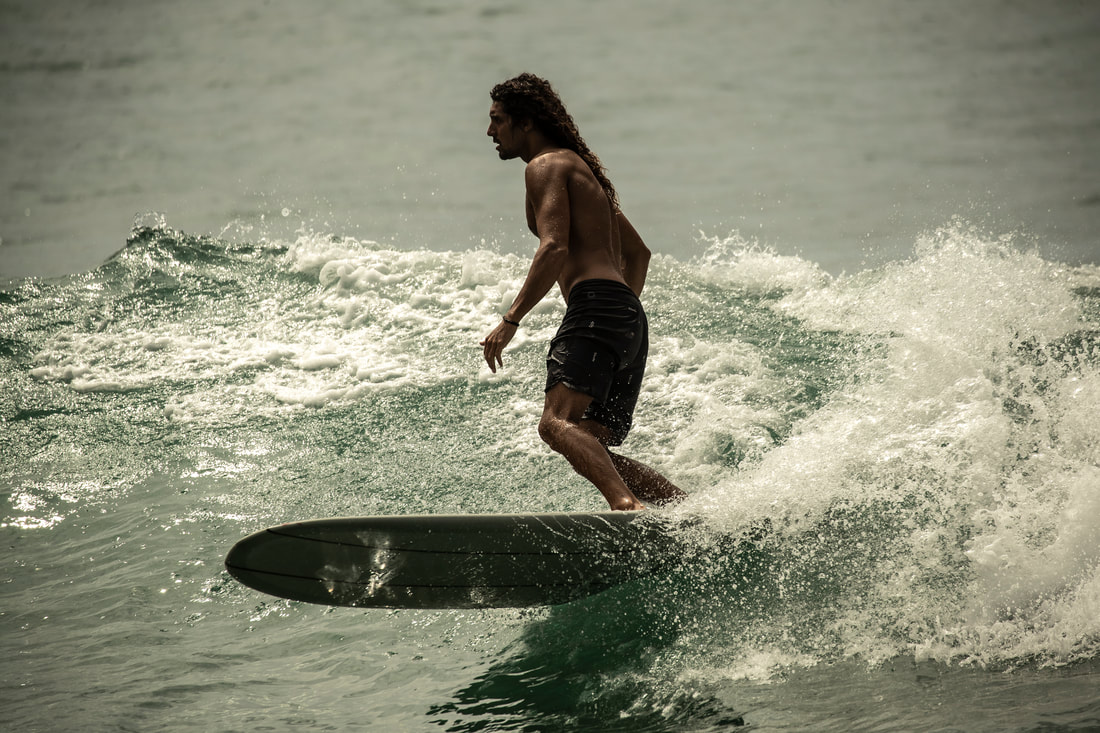
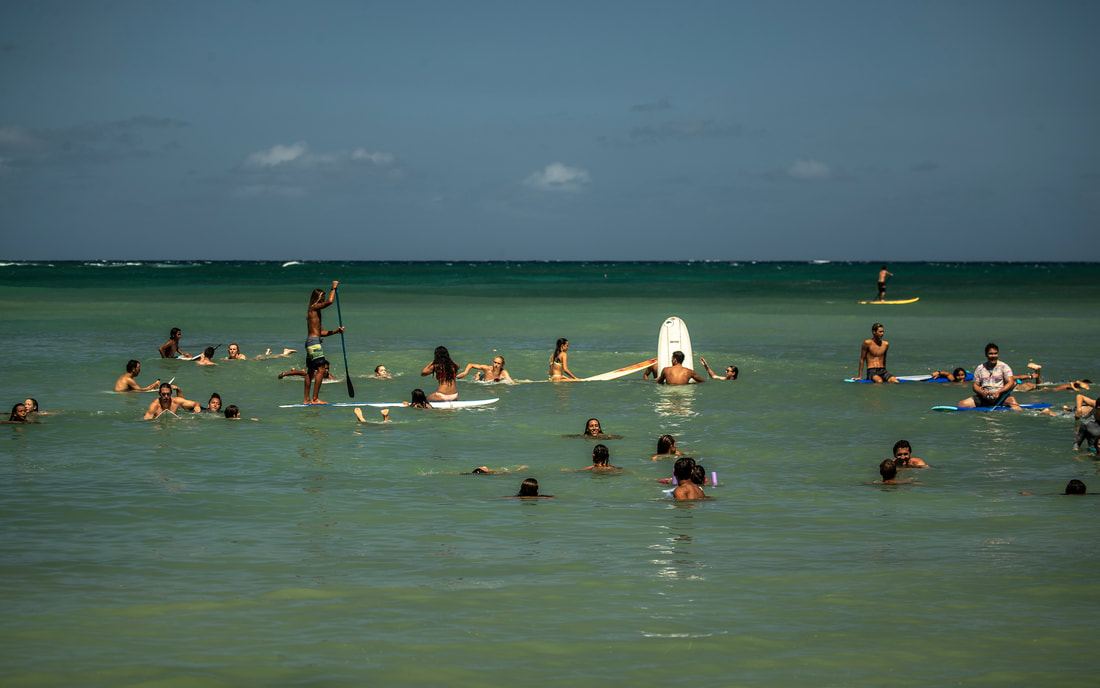
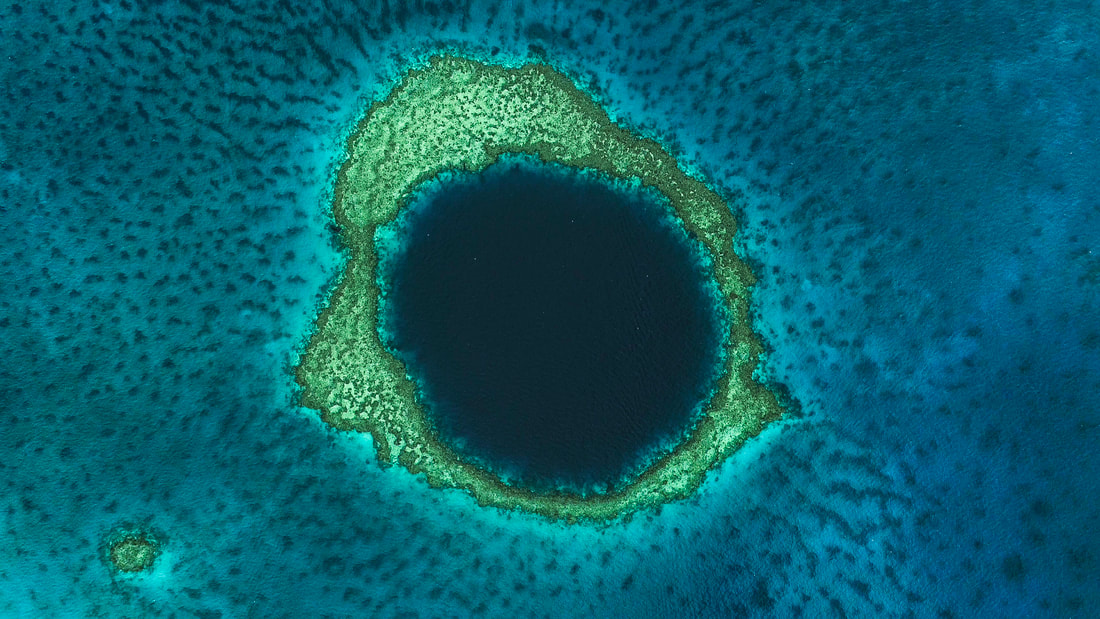
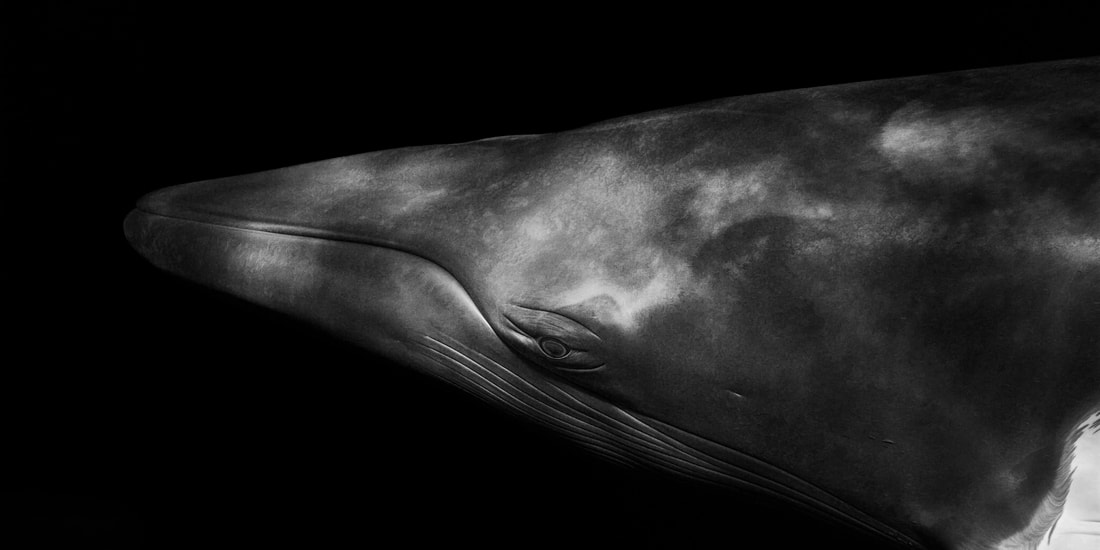
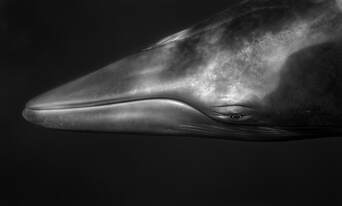
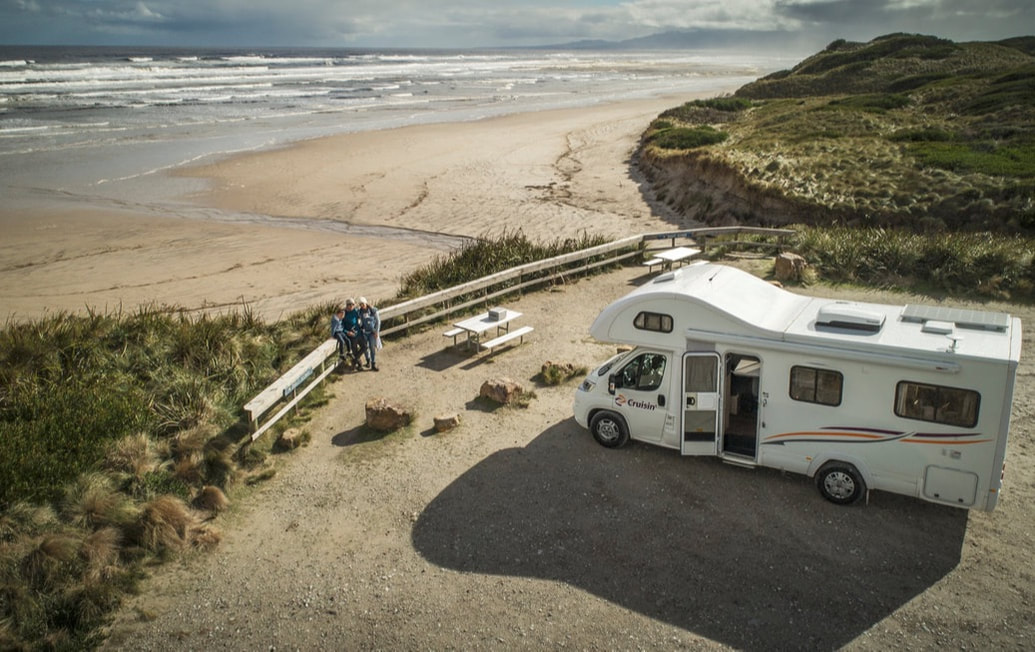
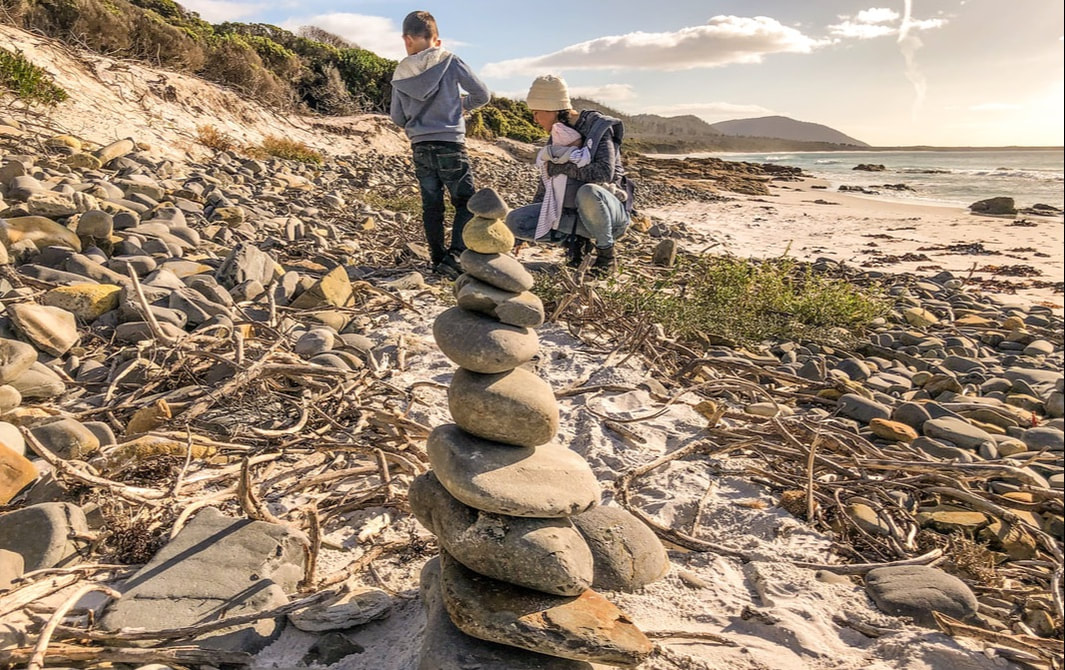
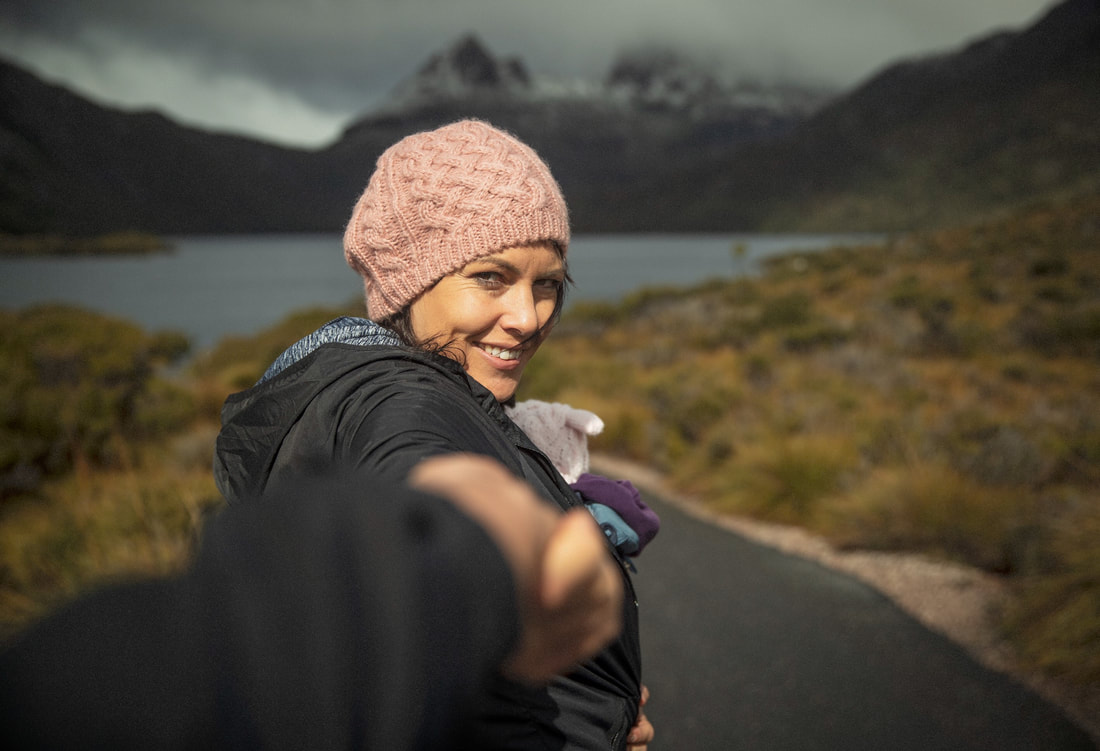
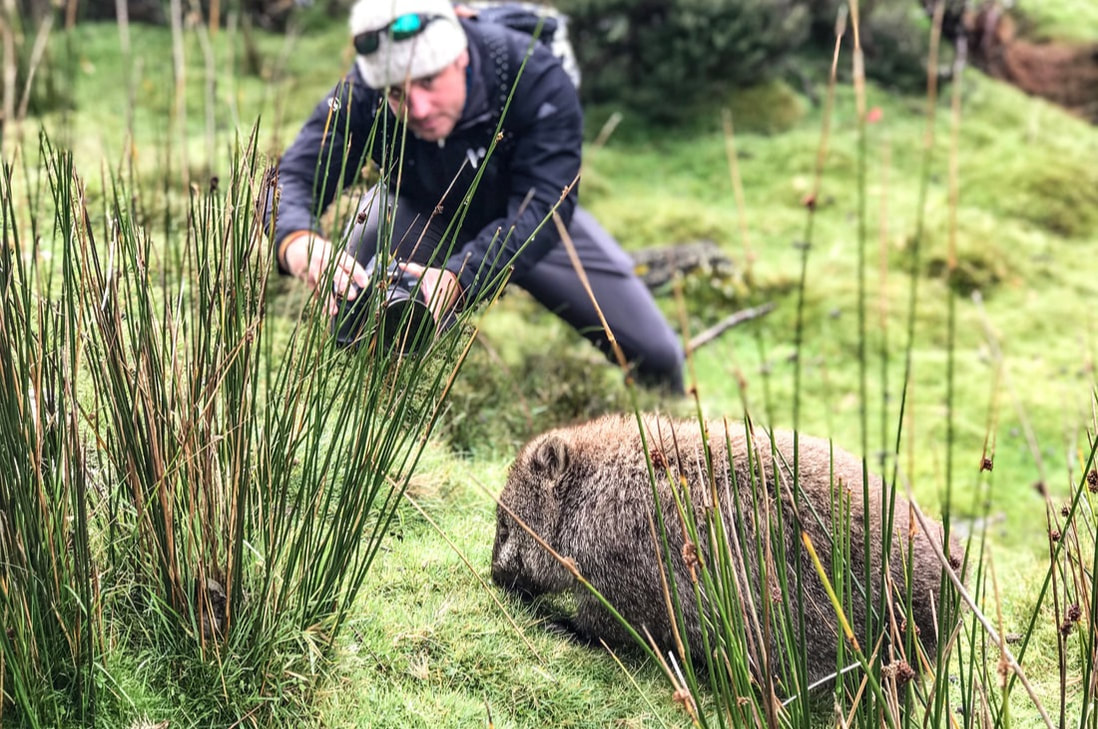
 RSS Feed
RSS Feed